30 Toxic Flowers to Avoid in Pet-Friendly Homes
Poisonous flowers add beauty but require caution, especially around pets and children. These flowers may look appealing with vibrant colors and alluring shapes, but some carry risks if touched or ingested.
Knowing which flowers are dangerous helps keep gardens both attractive and safe. Many of these plants are commonly found, so understanding their characteristics can help in making informed planting decisions.
This knowledge allows for a thoughtful garden design, balancing aesthetics with safety. Here’s a guide to 30 poisonous flowers you need to know about:
Poinsettia
Poinsettias might add a splash of color to your space, but caution is necessary. This beautiful flower can be harmful to both humans and pets.
Symptoms of poisoning may include vomiting, diarrhea, or even severe breathing issues in our furry companions. In extreme cases, it could lead to coma or death for pets who ingest it.
Enjoy the festive vibes while being aware of its risks for those you love most.
Rhododendrons
Rhododendrons, often admired for their stunning blooms, hold a hidden danger. Consuming even a single leaf can lead to severe reactions such as vomiting and diarrhea.
For both people and pets, ingestion poses serious risks that may include depression or in extreme cases, coma. Understanding these hazards is crucial when enjoying the beauty of rhododendrons outdoors.
Always prioritize safety around this attractive yet potentially harmful plant.
Gloriosa Lilies
Gloriosa lilies, while visually striking, possess a hidden danger. Their beauty masks toxicity that can be harmful to both humans and pets.
Ingestion of these flowers may lead to severe symptoms like vomiting and abdominal pain. More alarming is the potential for convulsions or even fatal outcomes in extreme cases.
It’s essential to handle these plants with care if you choose them for your garden.
Tulips
Tulips are beautiful flowers, but caution is necessary when it comes to their bulbs. These vibrant plants contain alkaloids that can cause health issues if ingested in large quantities.
Symptoms such as vomiting and diarrhea may occur, along with more severe reactions like convulsions. Enjoying tulips visually is safe, yet it's wise to keep them out of reach from pets or curious children who might be tempted to taste them.
Always appreciate these stunning blooms responsibly for a delightful experience without the risks associated with consumption.
Coneflowers
Coneflowers are intriguing plants known for their vibrant blooms and medicinal properties. While they enhance gardens, it's essential to handle them with care due to the presence of pyrethrum alkaloids.
These compounds can lead to skin irritation if you come into contact with sensitive areas like your eyes or mouth. Recognizing this potential risk allows us to appreciate their beauty while prioritizing safety in our interactions with these remarkable flowers.
Always exercise caution when enjoying nature's creations around you.
Chrysanthemum
Chrysanthemums, while visually appealing, come with a serious warning. These vibrant blooms contain toxins that can lead to severe health issues such as vomiting and diarrhea.
In some cases, exposure may result in nausea or even convulsions. It’s crucial to handle these flowers with care and keep them away from pets and children for safety reasons.
Always prioritize well-being when enjoying the beauty of nature around you.
Bleeding Heart
The bleeding heart plant is notable for its striking flowers, but caution is essential. Its alkaloids carry toxic properties that can result in serious health complications.
Seizures and cardiovascular problems may occur if ingested or mishandled. While it’s visually appealing in gardens, understanding its risks ensures safety around this beautiful yet dangerous species.
Always prioritize awareness when dealing with such plants to prevent potential harm.
The Peace Lily
The peace lily, while visually appealing with its striking white blooms, requires caution due to its toxic properties. Contact with the sap can lead to irritation in your eyes or on any cuts, causing discomfort that shouldn't be underestimated.
Ingestion poses serious risks as well; it may result in severe mouth burns and gastrointestinal distress like vomiting and stomach cramps. Always handle this plant carefully to avoid these adverse effects when enjoying its beauty indoors or outdoors.
Keep pets and children away from it for added safety.
Lily of the Valley
Lily of the valley holds a hidden danger within its delicate appearance. Known for producing toxic crystals in its leaves and stems, this plant can lead to severe health issues if ingested.
Symptoms include nausea and headaches, with more serious risks like heart complications emerging from consumption. Despite its beauty, caution is essential when interacting with this flowering perennial.
Understanding these dangers helps us appreciate nature while staying safe around such captivating plants.
Hyacinth
Hyacinth poses potential risks to pets and humans alike, leading to symptoms such as vomiting and diarrhea if ingested. This colorful plant, often admired for its beauty, demands caution due to its toxicity.
When considering adding hyacinth to your garden or home decor, awareness of these health concerns is essential. Keeping this plant out of reach from children and animals can help prevent any unwanted incidents.
Always prioritize safety while enjoying the aesthetic appeal that hyacinths provide in various settings.
Oleander
Oleander, often overlooked for its beauty, poses significant dangers due to its high toxicity. The white variety of this plant is particularly hazardous and can lead to serious health complications if consumed by humans or animals.
Symptoms such as dizziness and convulsions may arise from ingestion, highlighting the need for caution around this appealing yet perilous flower. Understanding these risks ensures that you appreciate oleander's aesthetics while remaining aware of its lethal potential.
Prioritizing safety when dealing with such plants is essential in any garden setting.
Amaryllis
Amaryllis is a beautiful flowering plant that, despite its allure, harbors potential dangers. Consuming this flower can lead to serious health issues due to the presence of alkaloids within it.
Symptoms may include nausea and vomiting, along with more severe reactions such as difficulty in breathing and irregular heartbeats. In extreme cases, ingesting large amounts could be fatal.
Understanding these risks is essential for anyone considering keeping or admiring amaryllis in their space.
Cyclamen
Cyclamen, a popular houseplant known for its vibrant flowers, requires careful handling due to its toxicity. While the petals can be harmful to pets like cats and dogs, they are not lethal.
It’s important for pet owners to keep this plant out of reach. Enjoying cyclamen's beauty comes with responsibility; ensuring your furry companions remain safe should always come first.
With proper precautions in place, you can appreciate these lovely blooms without worry.
Bluebells
Bluebells, while beautiful in appearance, harbor hidden dangers. Consuming these flowers can lead to numbness starting in the mouth and throat.
As the effects escalate, symptoms may include heart palpitations and potentially severe reactions like seizures or dizziness. Additional signs might be headaches, confusion, vision issues, or even a bluish tint on fingers if ingested excessively.
It's crucial to admire bluebells from a distance rather than risk your health by tasting them.
Foxglove
Foxglove captivates with its striking appearance but carries significant risks. This beautiful plant can induce nausea and trouble swallowing if consumed, making caution essential.
Recognizing the potential dangers of this toxic flower is crucial for anyone who might encounter it in gardens or nature. While admired for its aesthetic appeal, understanding foxglove's harmful effects ensures safety around this enchanting yet perilous bloom.
Always prioritize awareness when dealing with such alluring plants to prevent unwanted health issues.
Wisteria
Wisteria is a beautiful plant, but it carries certain risks. The seeds are the most dangerous part, as they contain glycosides that can lead to gastric distress if eaten.
Additionally, touching wisteria can result in skin irritation or dermatitis for some individuals. It's essential to admire this stunning flower from a safe distance and be aware of its potential hazards when gardening or enjoying nature.
Always prioritize safety while appreciating the beauty around you.
Hydrangeas
Hydrangeas may appear beautiful, but they come with hidden dangers. These flowers contain saponin, a substance that can lead to severe digestive issues if consumed.
While not the most toxic plant out there, ingesting hydrangeas can result in significant discomfort and even vomiting. Awareness of their potential effects is essential for anyone who encounters them in gardens or floral arrangements.
Always handle these lovely blooms with caution to avoid any unpleasant surprises.
Castor Bean
The castor bean plant possesses a lethal nature, with its seeds containing potent toxins capable of causing death in adults. This remarkable yet dangerous characteristic makes it essential to handle the plant with utmost caution.
Toxicity is not limited to the seeds; every part of this plant harbors harmful substances that can pose serious health risks. Awareness and education about these dangers are crucial for anyone encountering this intriguing but hazardous species in their environment.
Understanding its properties ensures safety when dealing with such toxic flora.
Snowdrops
Snowdrops possess a hidden danger that merits attention. Each part of this delicate flower contains toxic compounds, leading to symptoms like vomiting and diarrhea if ingested.
While admired for their beauty, it's crucial to recognize the potential health risks associated with them. Handling these blooms should be approached with care, ensuring safety is prioritized above all else.
Understanding both their allure and toxicity helps in making informed decisions regarding their presence in gardens or homes.
Belladonna
Belladonna, known for its potent toxicity, poses significant risks to both humans and animals. Symptoms like dilated pupils and dry mouth can escalate quickly to fever and even convulsions.
Awareness of this plant's dangerous effects is crucial in preventing accidental ingestion. Its allure may be tempting due to its beautiful appearance, but the hidden dangers far outweigh any visual appeal.
Always exercise caution when encountering belladonna in nature or gardens.
Hemlock
Hemlock poses serious health risks due to its toxic nature. Consuming any part of this plant can lead to severe consequences such as respiratory issues and seizures.
In extreme cases, it may even result in fatal outcomes. Awareness of hemlock's dangers is crucial for preventing accidental poisonings.
Keeping a safe distance from this hazardous plant protects you and those around you from its lethal effects.
Daffodil
Daffodils, with their bright yellow petals, can pose significant risks to both humans and pets. Ingesting any part of this flower may lead to unpleasant symptoms such as stomach pain, headaches, or nausea.
The bulbs are particularly hazardous; they can trigger vomiting and severe abdominal discomfort if consumed. Even contact with the plant's skin isn't without danger for our furry companions like cats and dogs.
It’s essential to admire these lovely blooms from a distance while ensuring that your surroundings remain safe for everyone involved.
Larkspur
Larkspur, a beautiful yet dangerous plant, poses serious health risks to both humans and animals. Ingesting any part of this flower can lead to severe reactions such as vomiting or mouth inflammation.
Its toxic compounds may even result in heart failure in extreme cases. Additionally, contact with its nectar or pollen could trigger skin irritation or respiratory issues upon inhalation.
Awareness of larkspur's hazards is crucial for ensuring safety around this striking but perilous bloom.
Easter Lily
Easter lilies are striking flowers known for their stunning white blooms. While they add beauty to celebrations, it’s important to be aware of their potential dangers.
The presence of lycorine in these petals can lead to unpleasant reactions such as nausea, vomiting, and even diarrhea. Understanding these risks ensures a safer environment during festive occasions when you might choose to display them.
Always prioritize safety alongside the joy that comes with floral decorations this season.
Iris
Iris plants can pose health risks due to their alkaline compounds. Individuals with hay fever allergies may experience discomfort when exposed to these flowers.
Moreover, pets and other animals might face similar issues related to ingestion or contact with iris species. It's crucial for gardeners and pet owners alike to be aware of these potential hazards before introducing irises into their surroundings.
Understanding the impact of such plants helps create a safer environment for everyone involved.
Calla Lily
Calla lilies are known for their striking beauty, but they come with a cautionary note. Their alluring blooms harbor toxic alkaloids that can lead to painful burning sensations and swelling if ingested.
It's essential to handle these plants with care, especially around pets or curious children who might mistake them for something harmless. Enjoying the aesthetic appeal of calla lilies should be paired with an awareness of their potential risks in any setting.
Always prioritize safety while appreciating nature's wonders.
Milkweed
Milkweed, a plant known for its vibrant flowers, harbors compounds that can lead to serious health issues. Cardiac glycosides present in milkweed pose risks such as vomiting, diarrhea, and abdominal pain.
While it attracts butterflies like the monarch with its nectar-rich blooms, caution is essential when handling this species due to its toxic properties. Those interested in gardening should be aware of these dangers while enjoying the beauty it brings to landscapes.
Understanding both the allure and risks of milkweed ensures safer interactions with nature's wonders.
The Azalea
Azaleas, while beautiful and vibrant, carry a hidden danger. Their entire structure contains grayanotoxin, which can lead to serious health issues if consumed.
Even a small bite might result in nausea or symptoms resembling food poisoning. This toxicity extends beyond discomfort; it can disrupt heart function and cause dangerously low blood pressure.
It’s essential to admire these flowers from afar to avoid any adverse effects on your well-being.
Bird of Paradise
The bird of paradise plant, known for its stunning appearance, poses risks to both people and pets. Its entire structure contains toxins that can lead to unpleasant symptoms like nausea and vomiting when ingested.
It's essential to exercise caution around this beautiful but hazardous flora. Keeping it out of reach from curious hands or paws is a wise choice for any home gardener.
Enjoying its beauty safely means being aware of the potential dangers lurking within those vibrant leaves and flowers.
Desert Rose
Desert Rose, a striking plant, has leaves that harbor harmful toxins. Consuming these leaves can lead to unpleasant symptoms such as vomiting and diarrhea in humans.
Understanding the risks associated with this beautiful yet dangerous flora is crucial for safety. Always exercise caution around it, especially if you have curious pets or children nearby.
Awareness of its toxic nature ensures we appreciate Desert Rose from a safe distance.

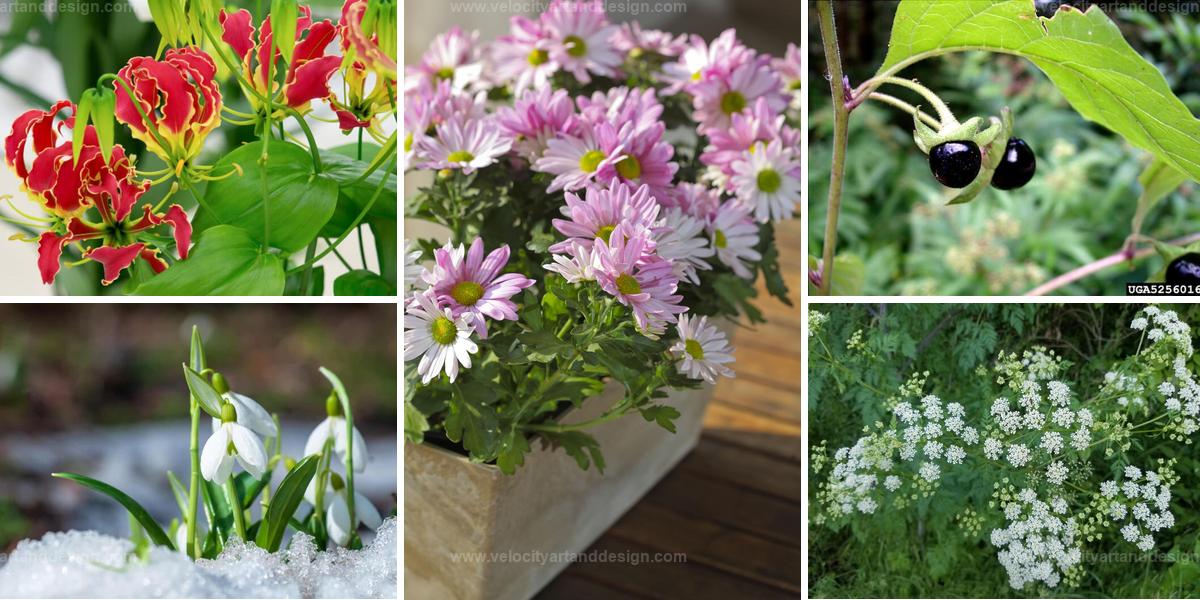
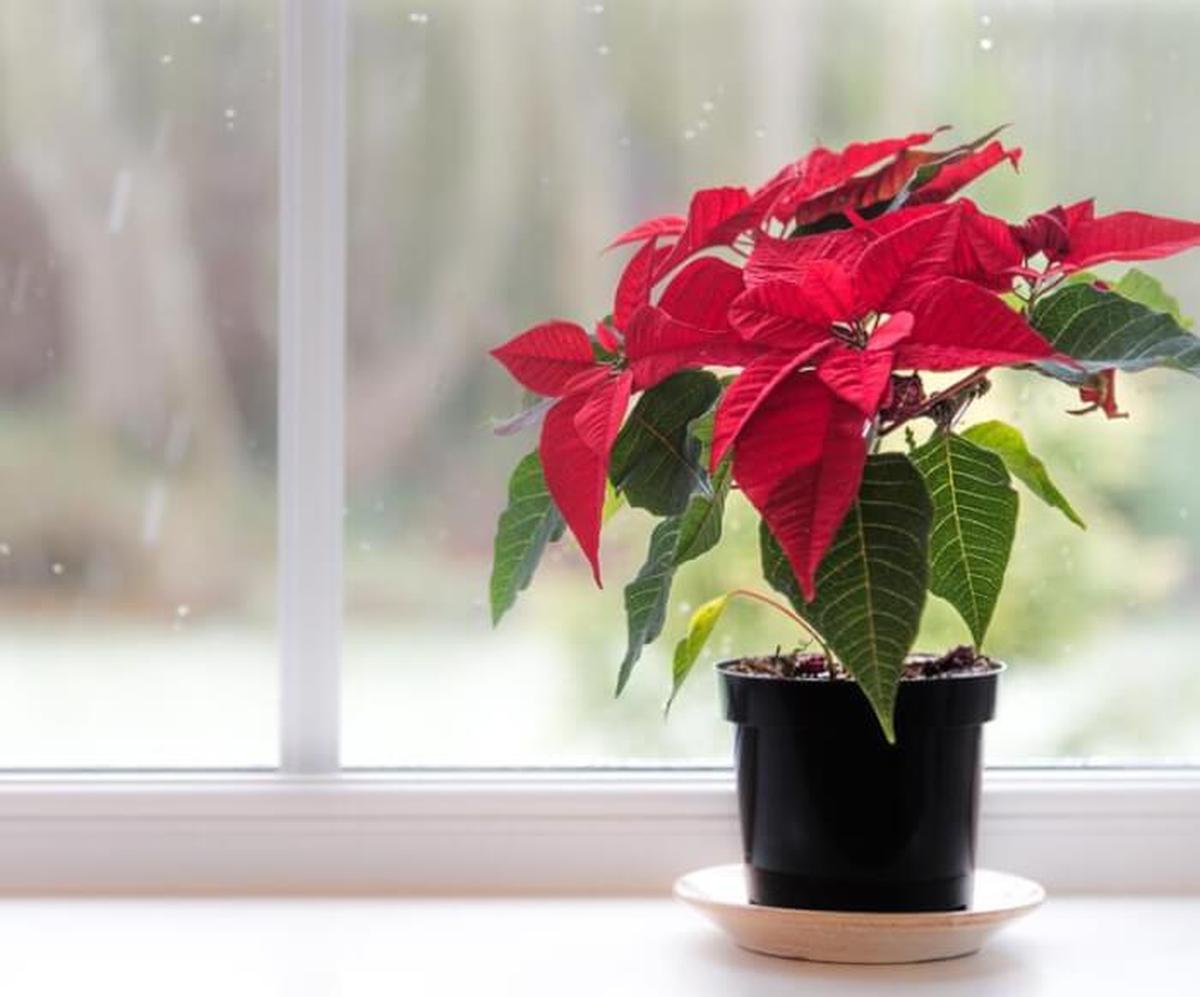
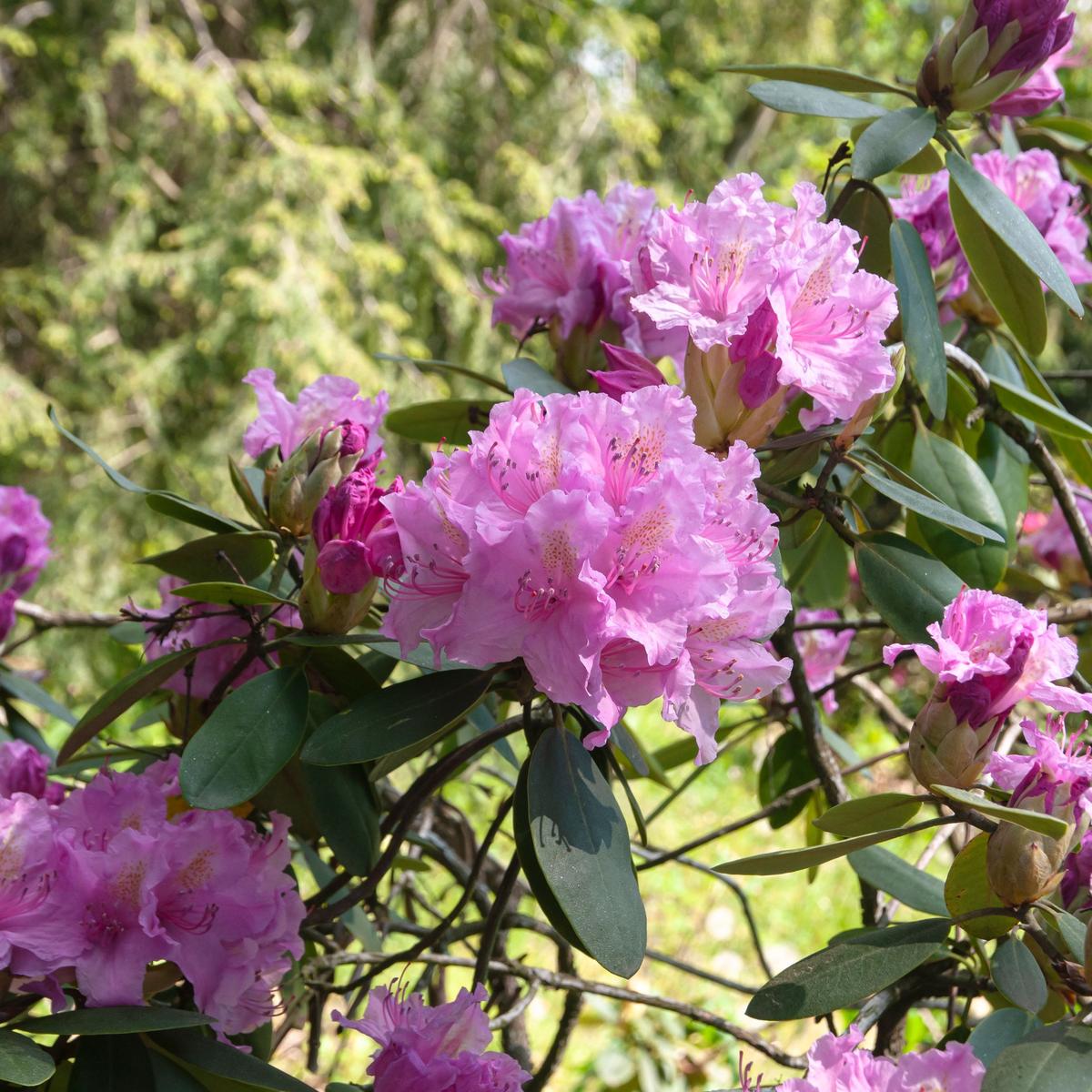
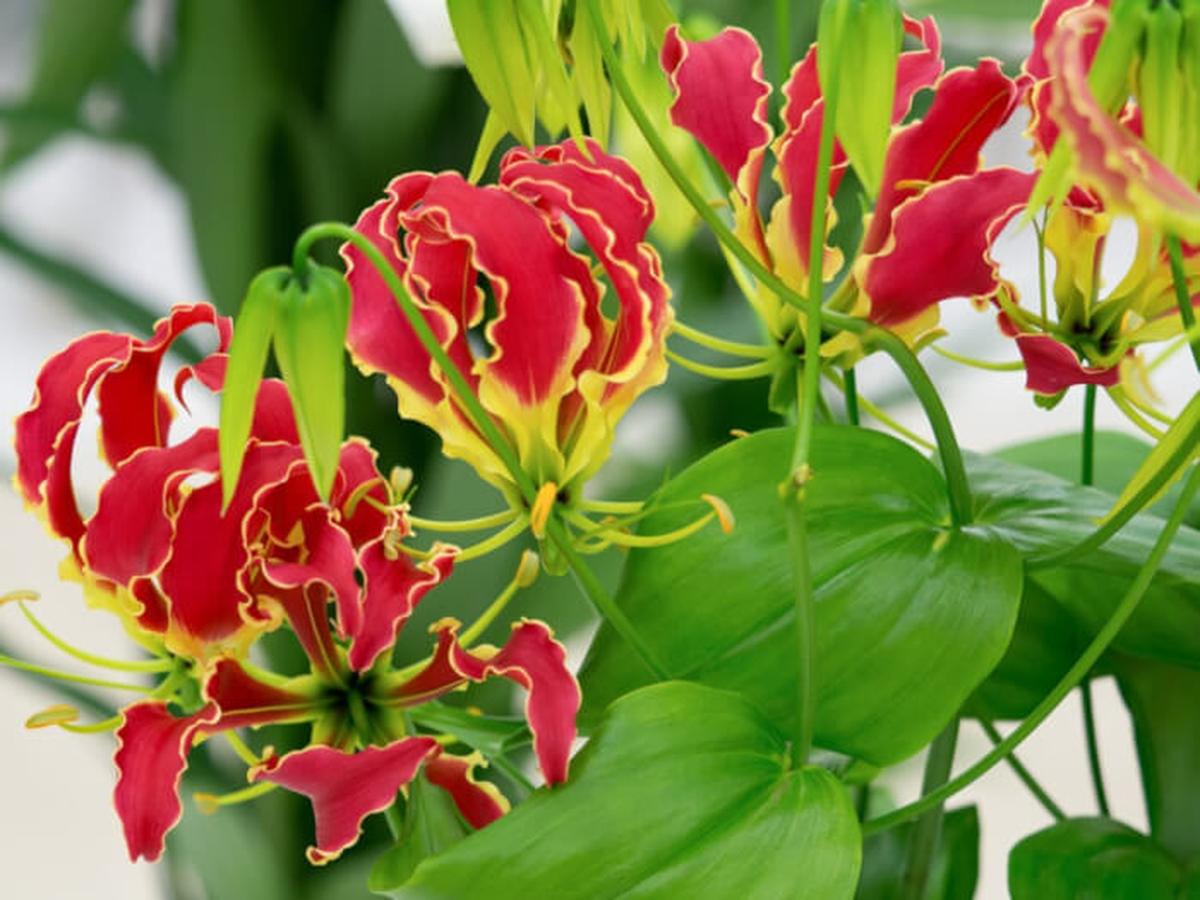
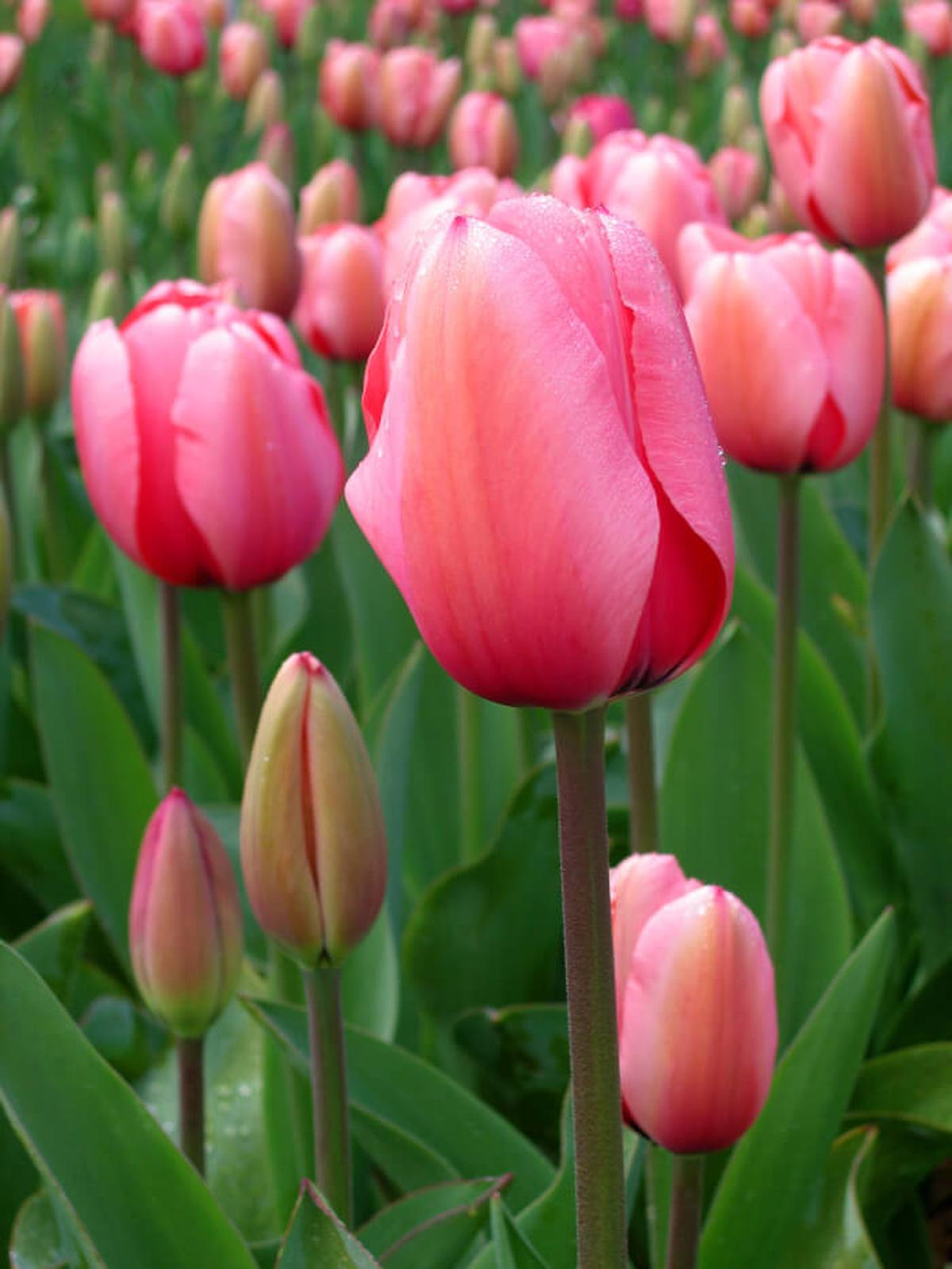
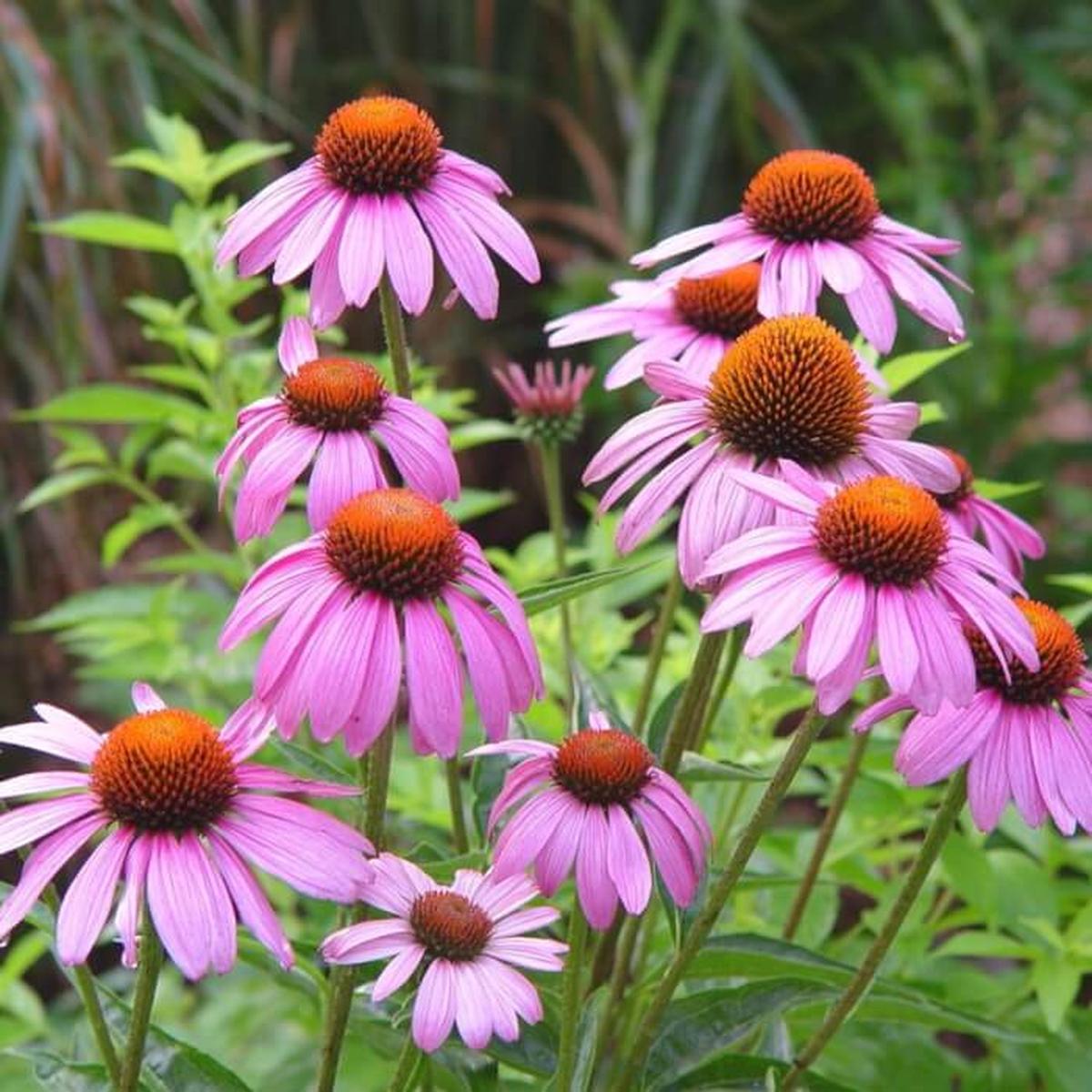
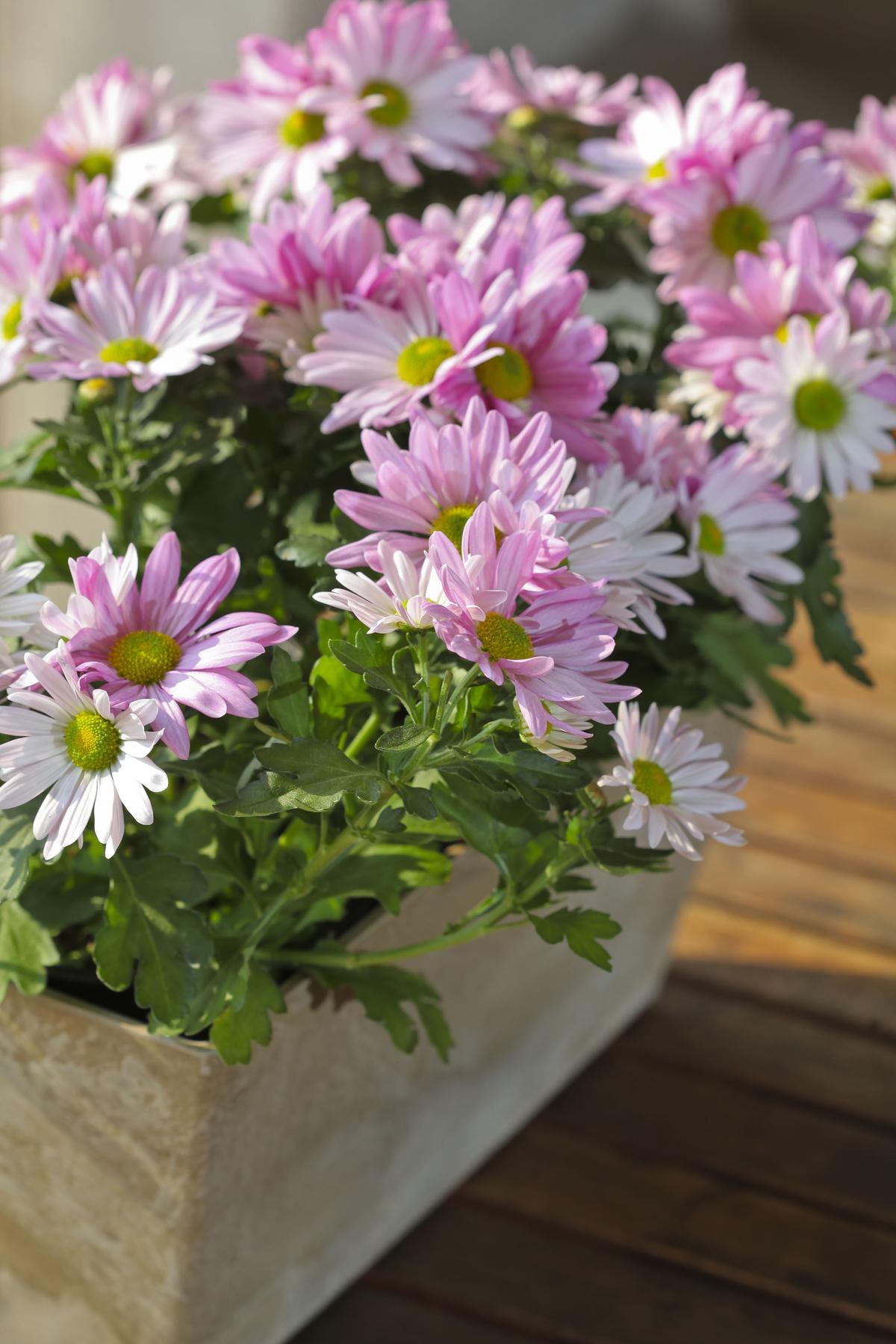
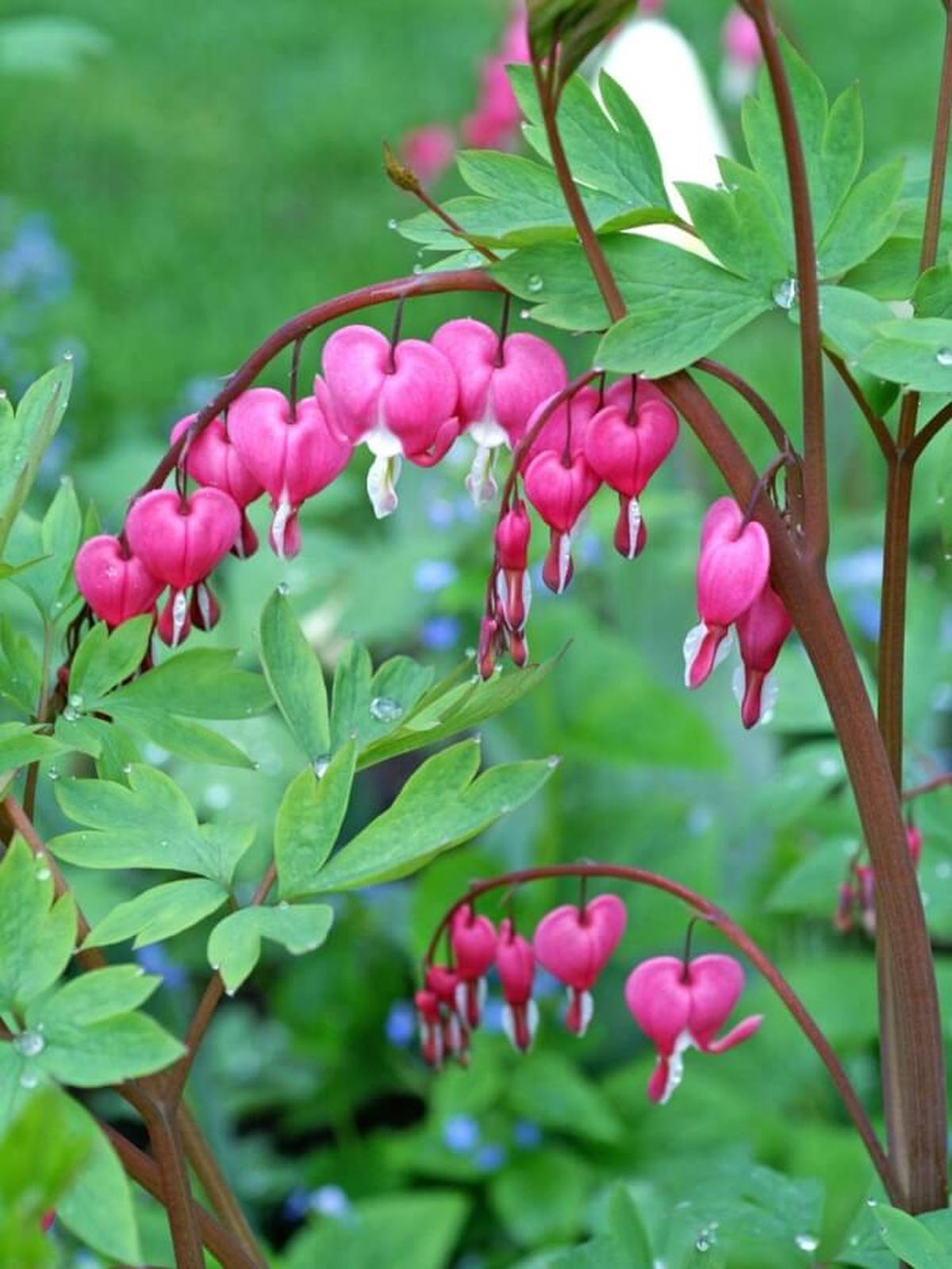
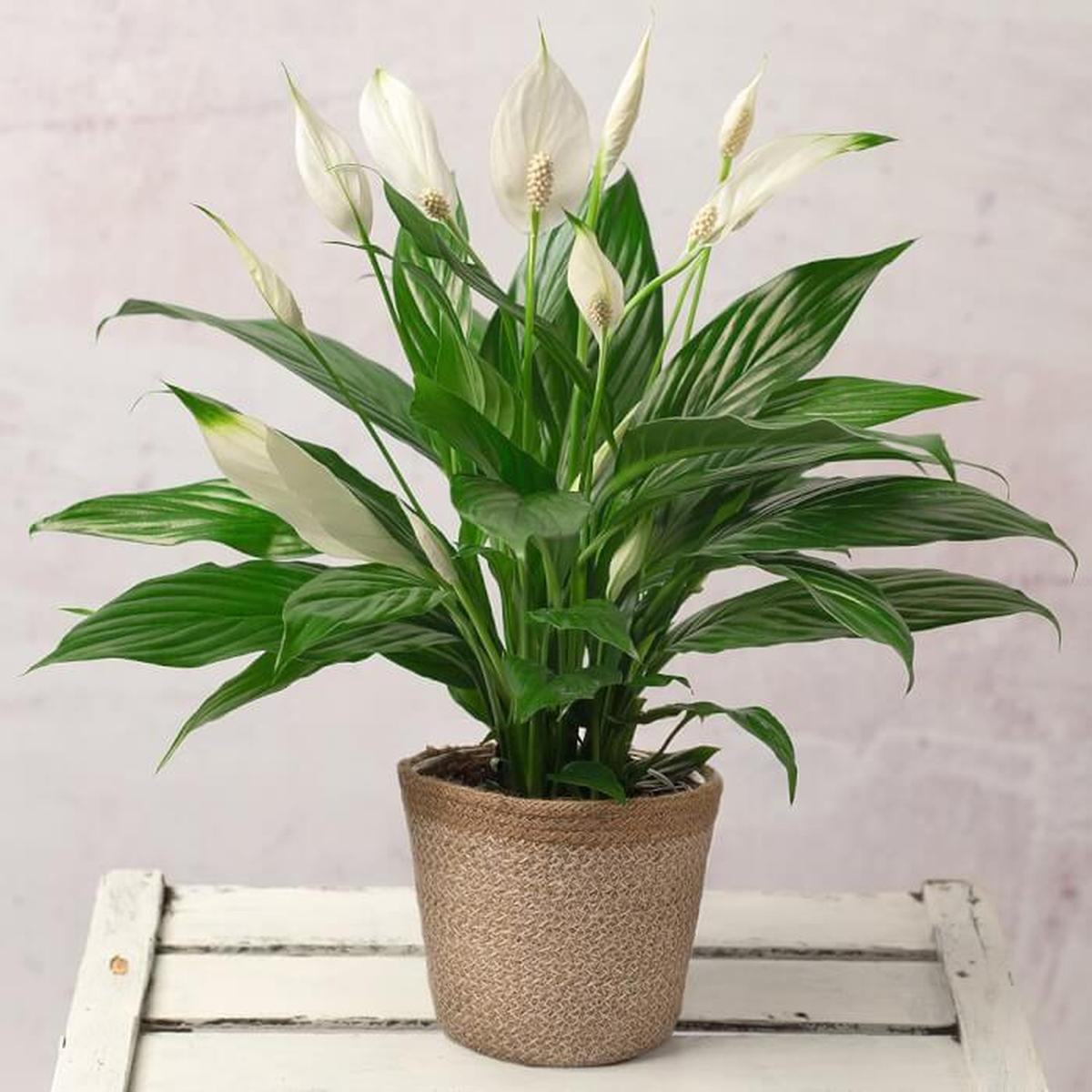
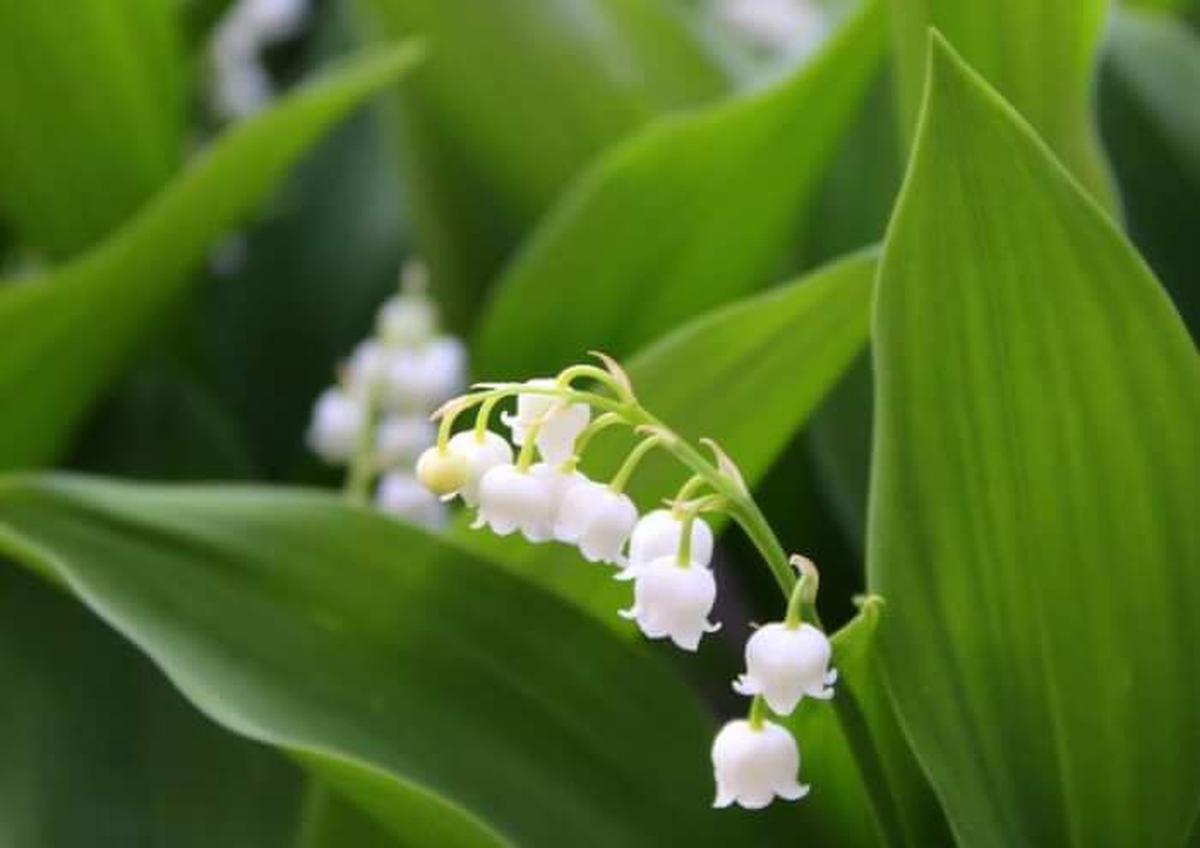
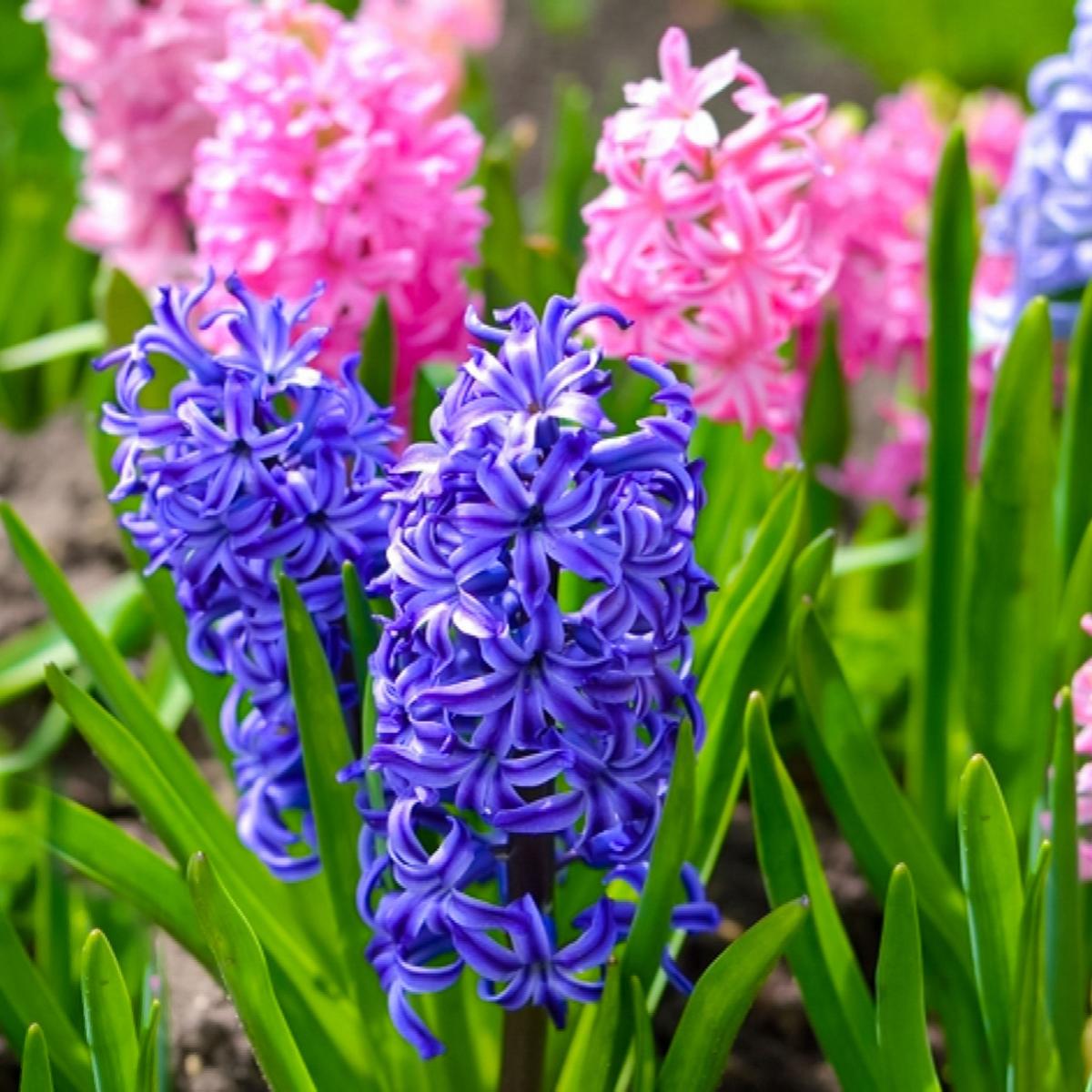
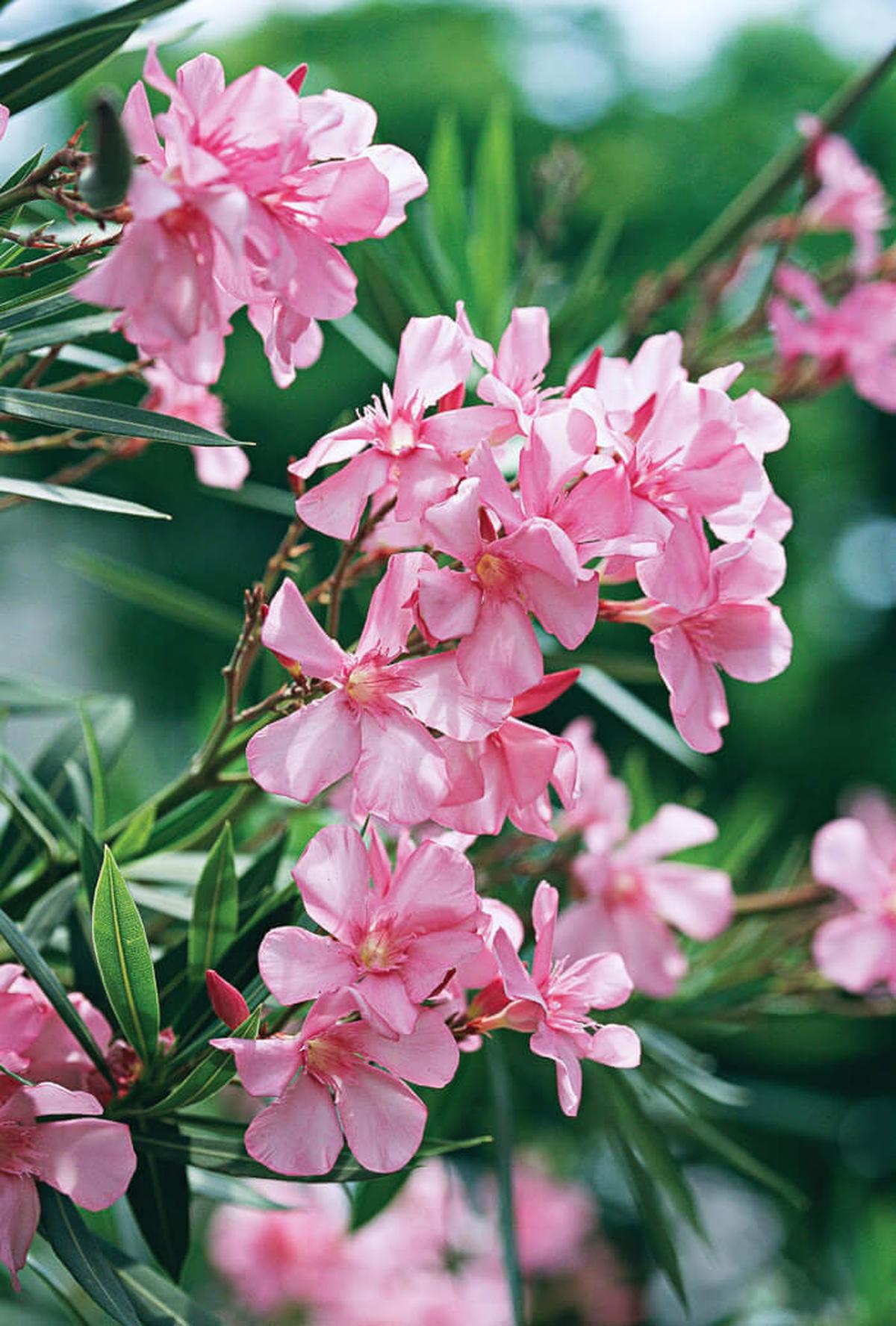
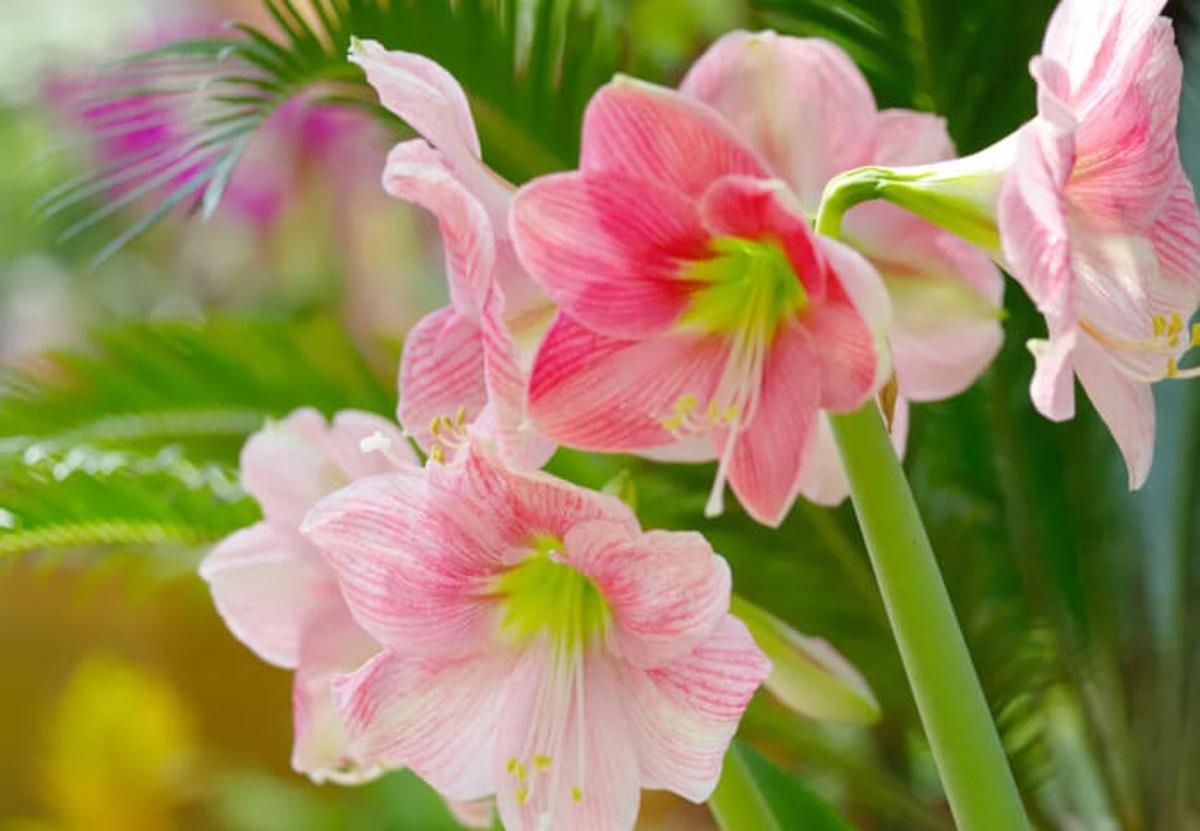
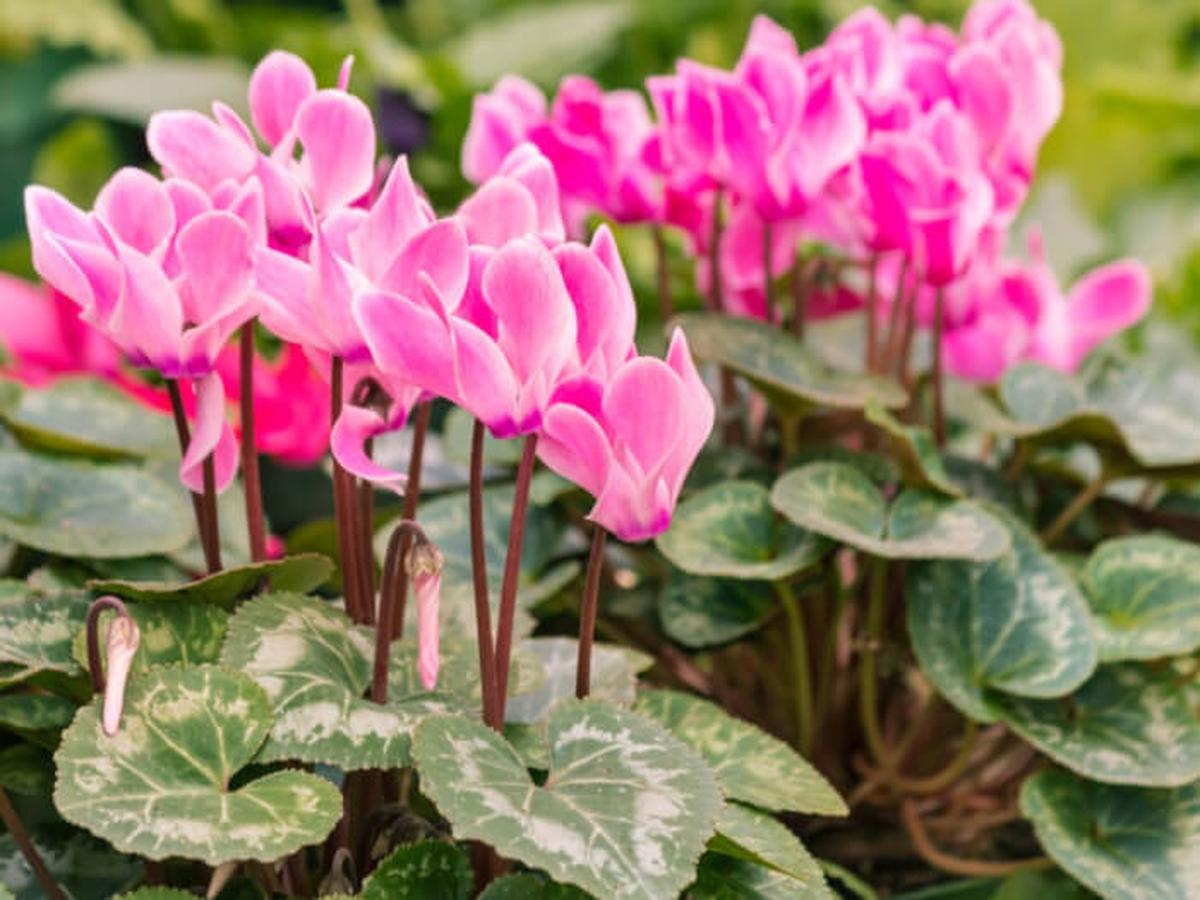
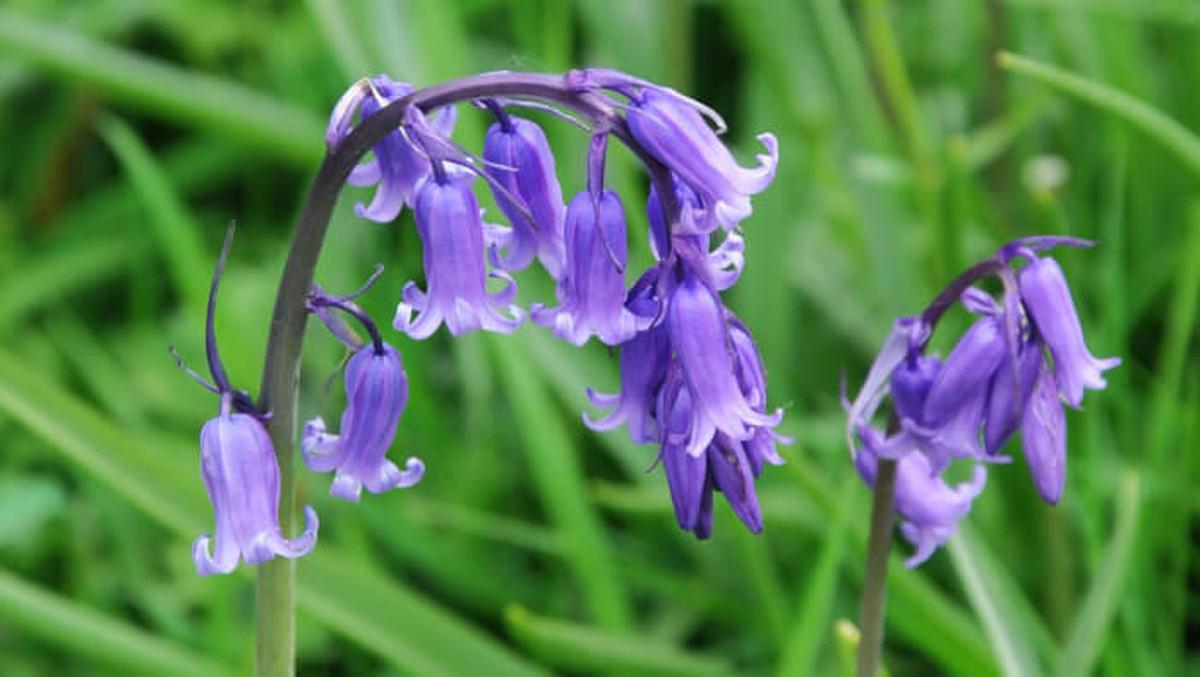
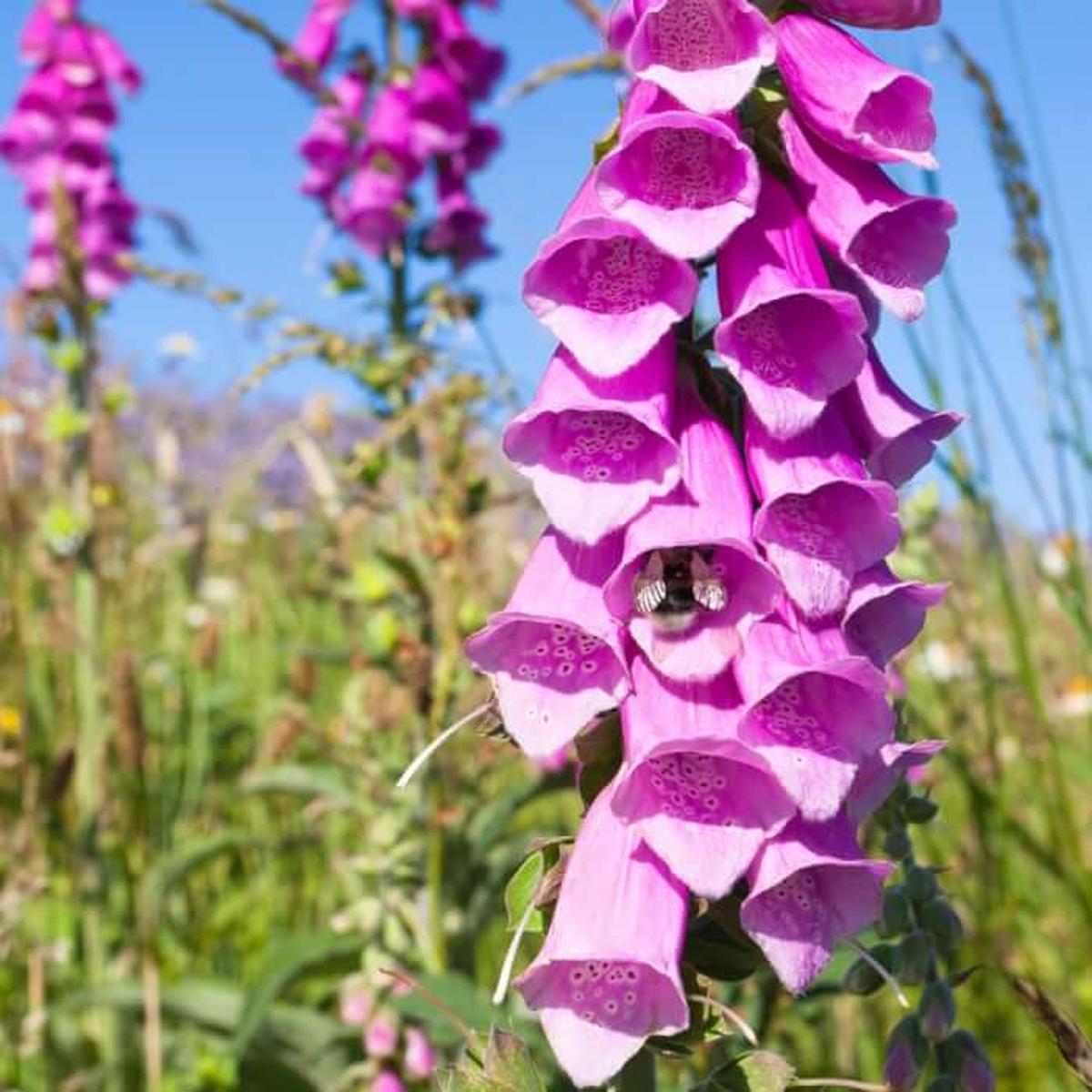
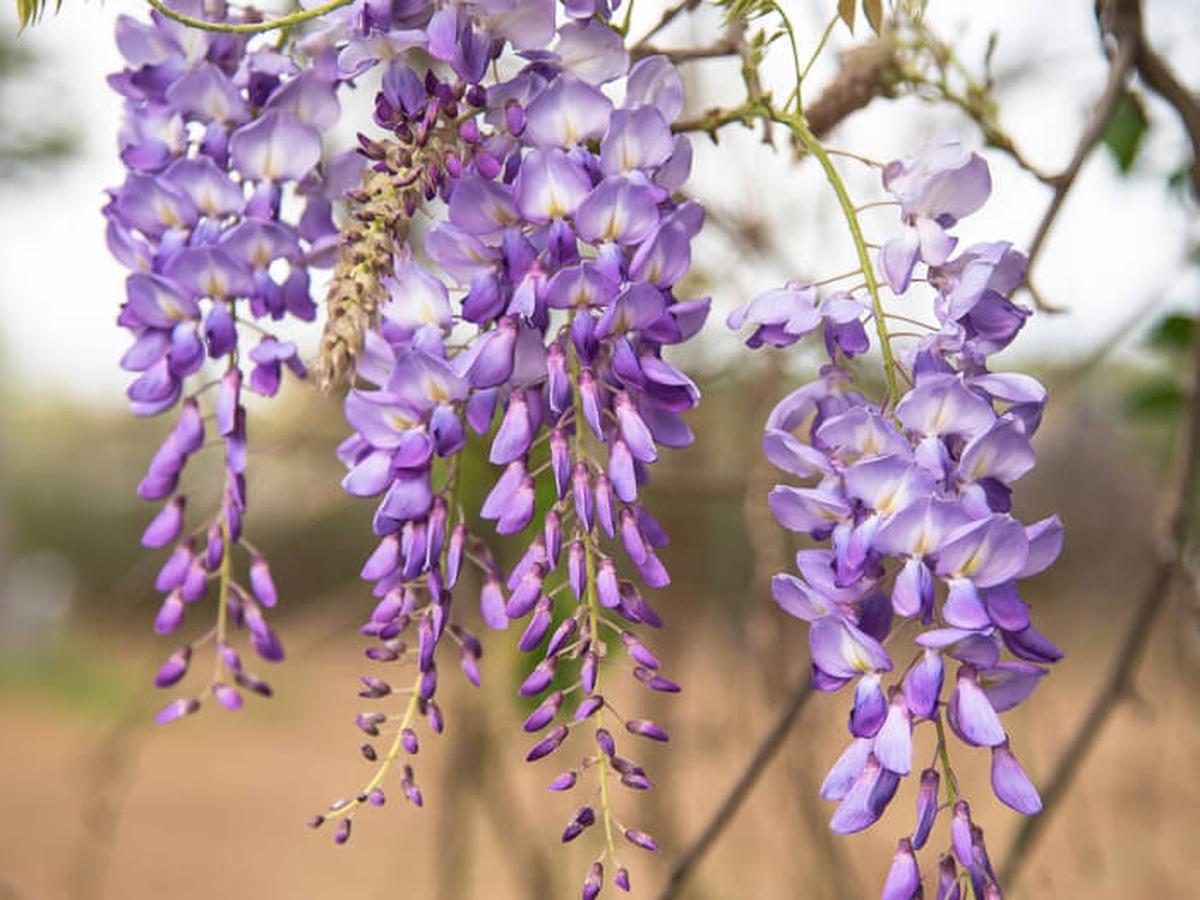
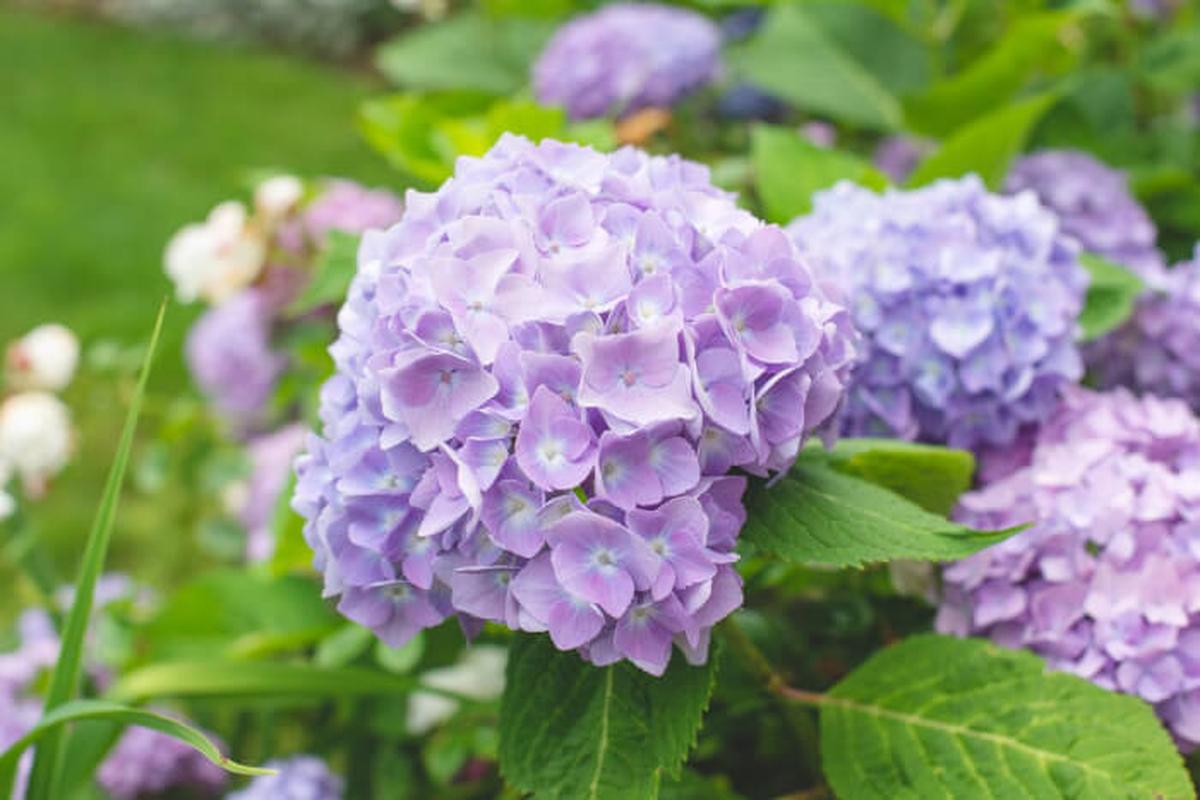
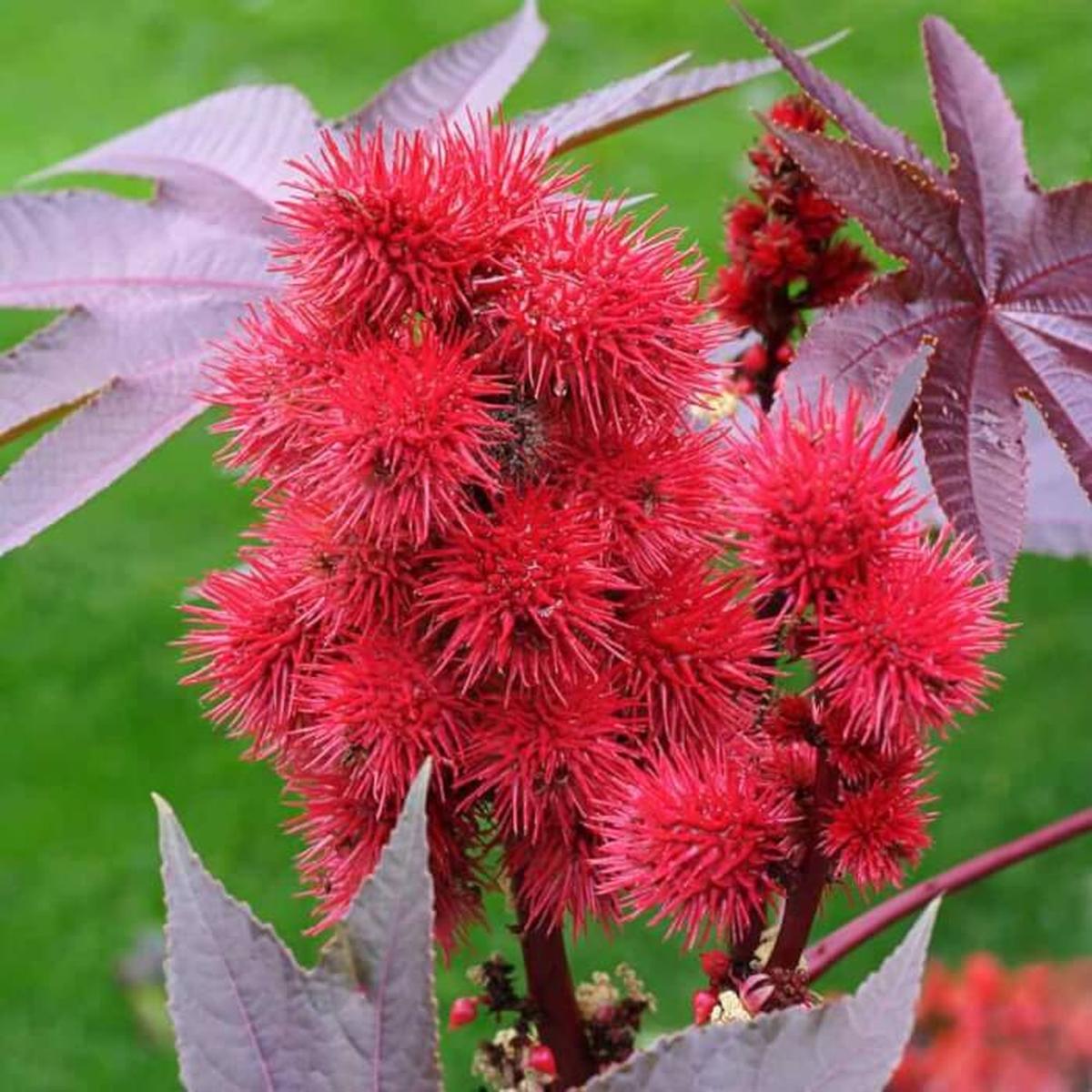
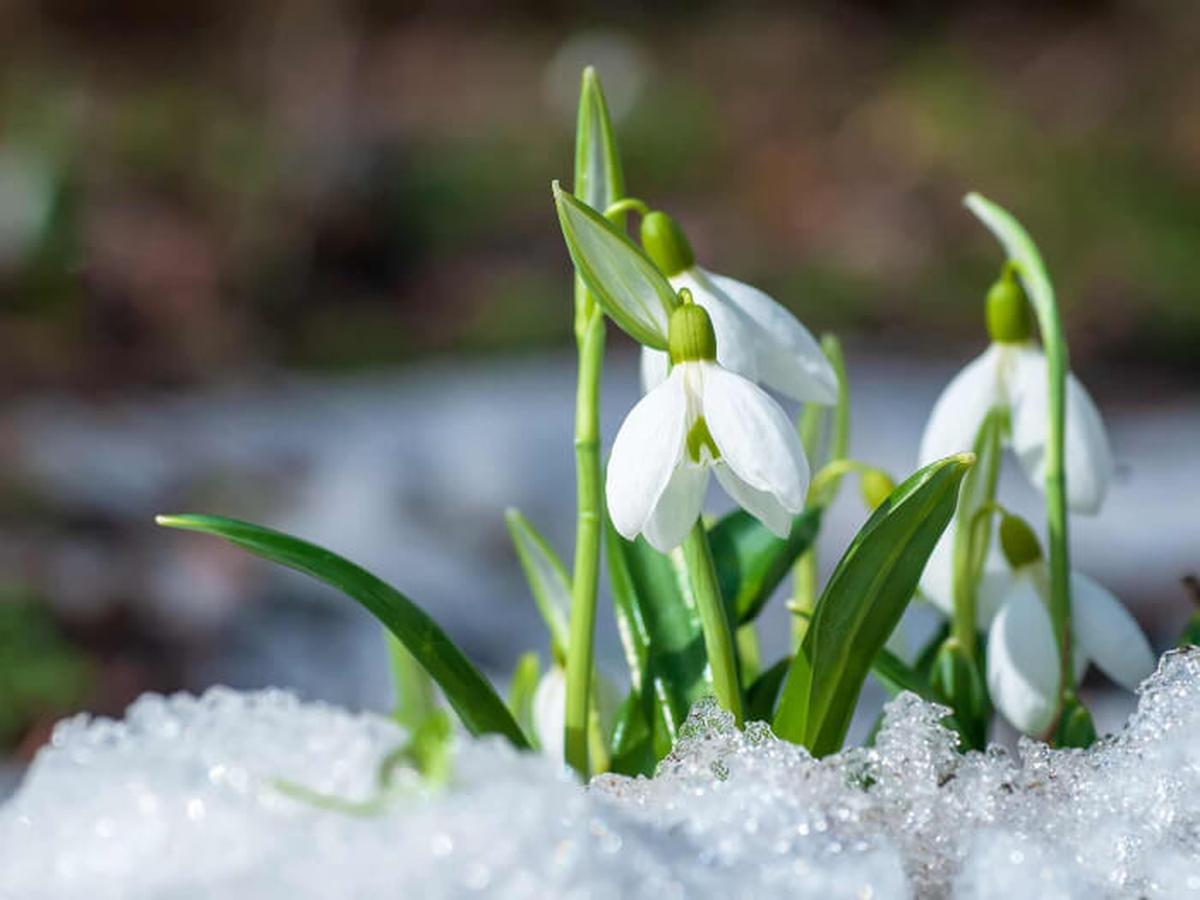
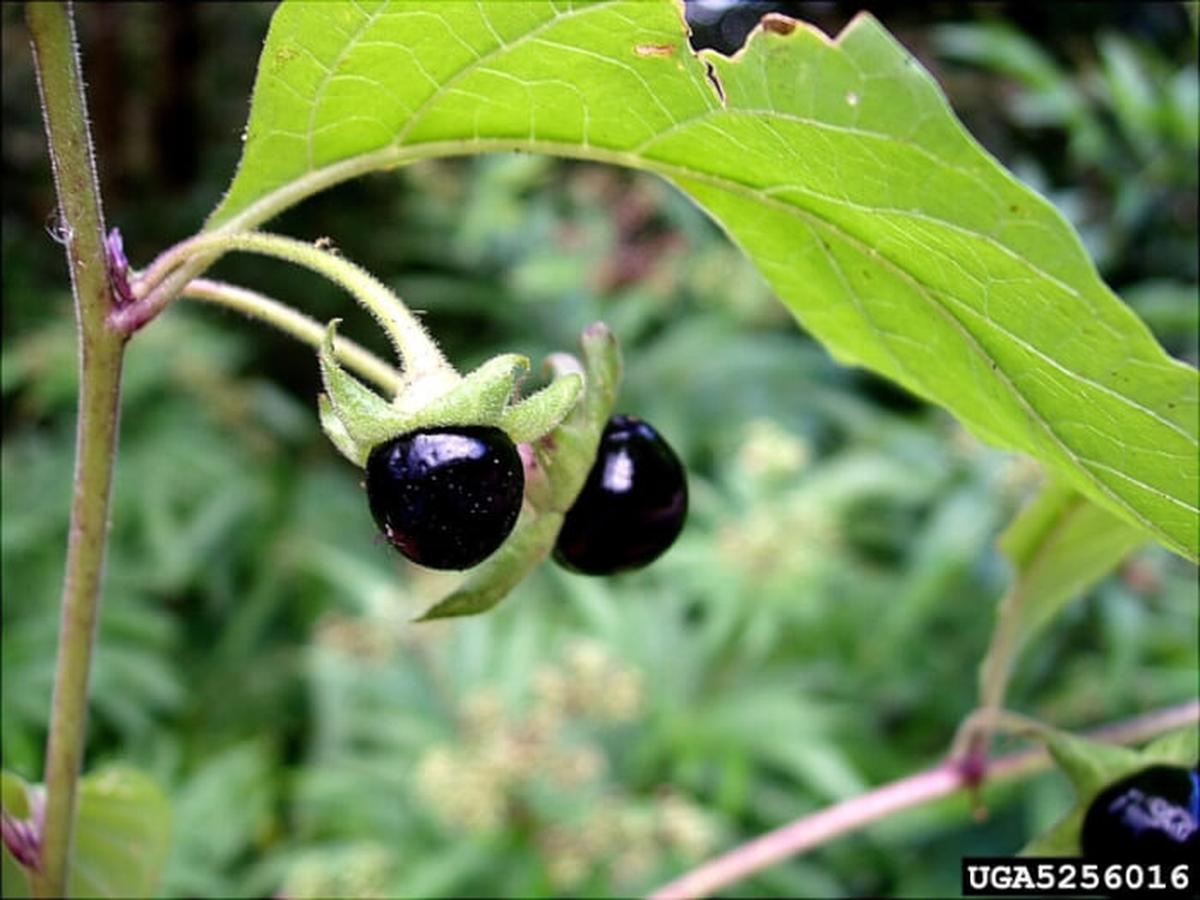
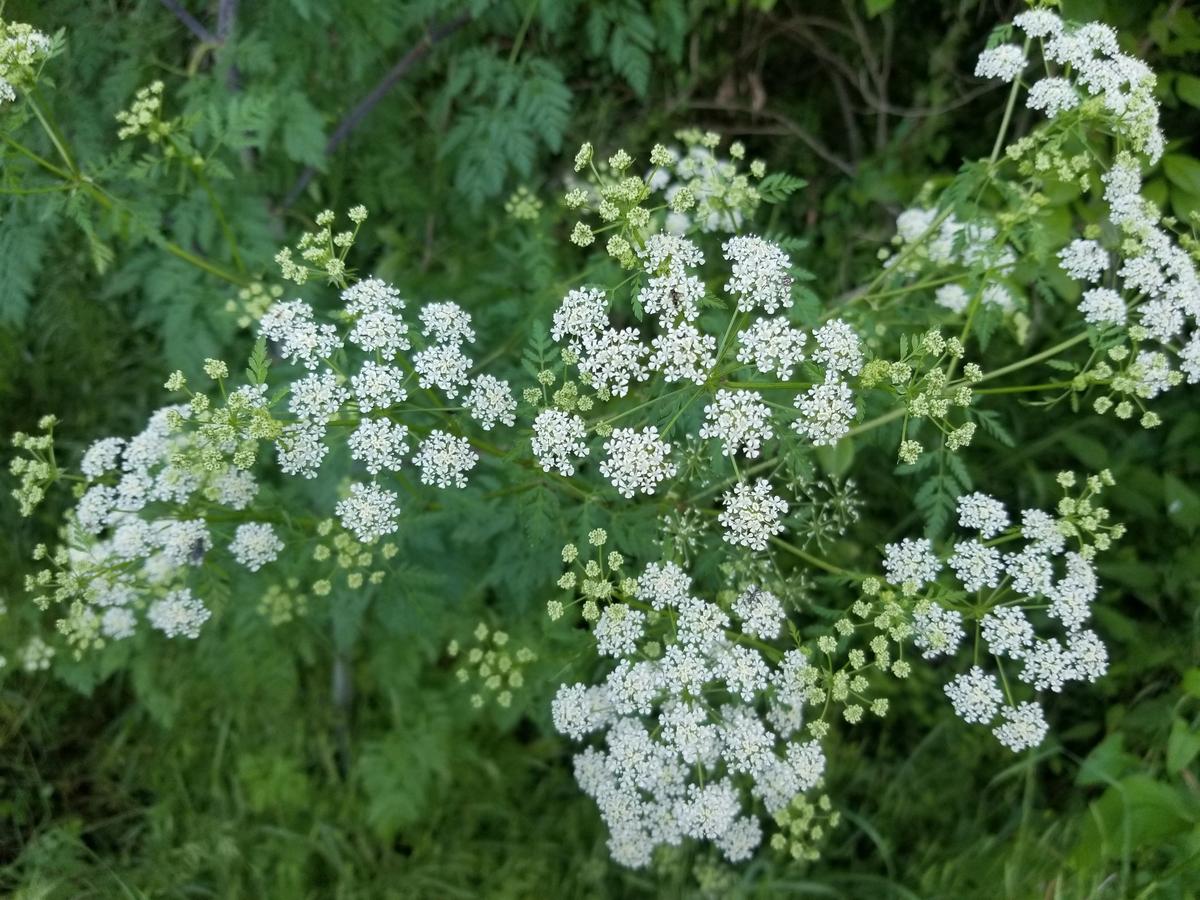
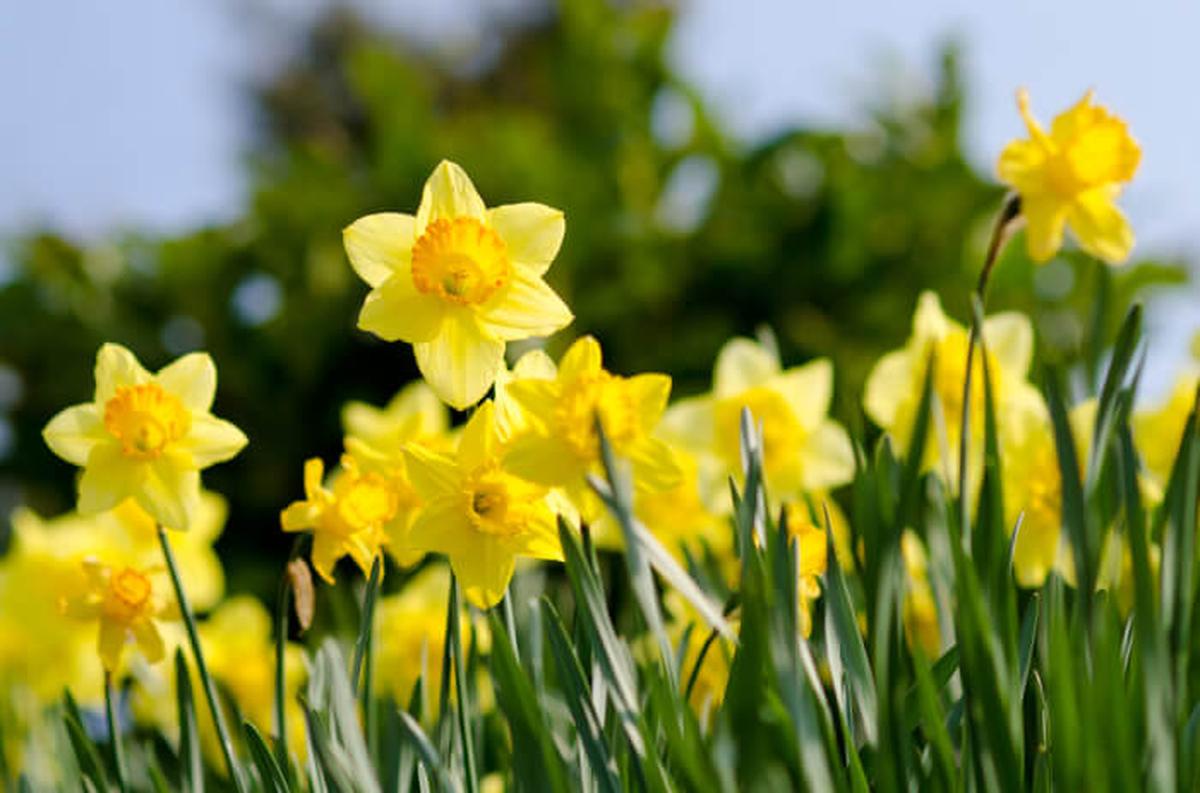
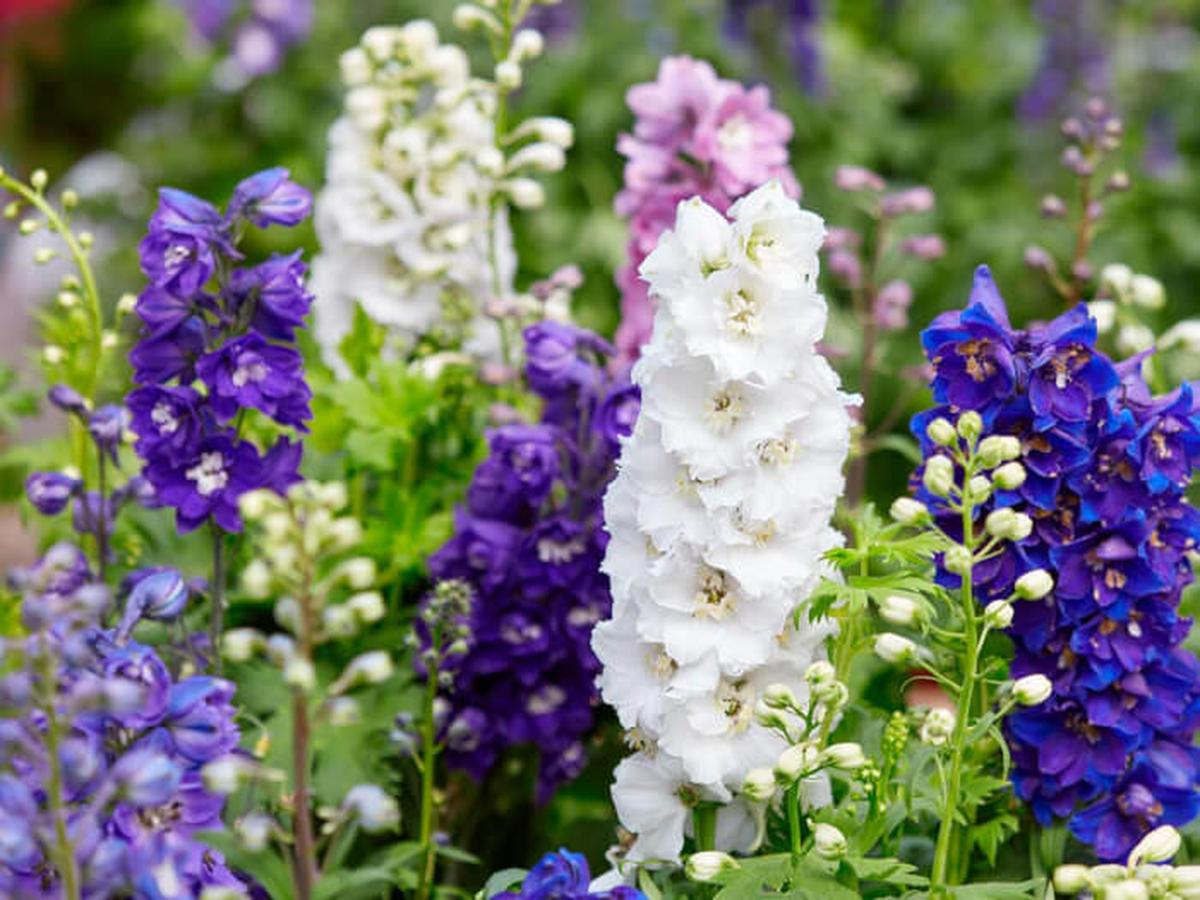
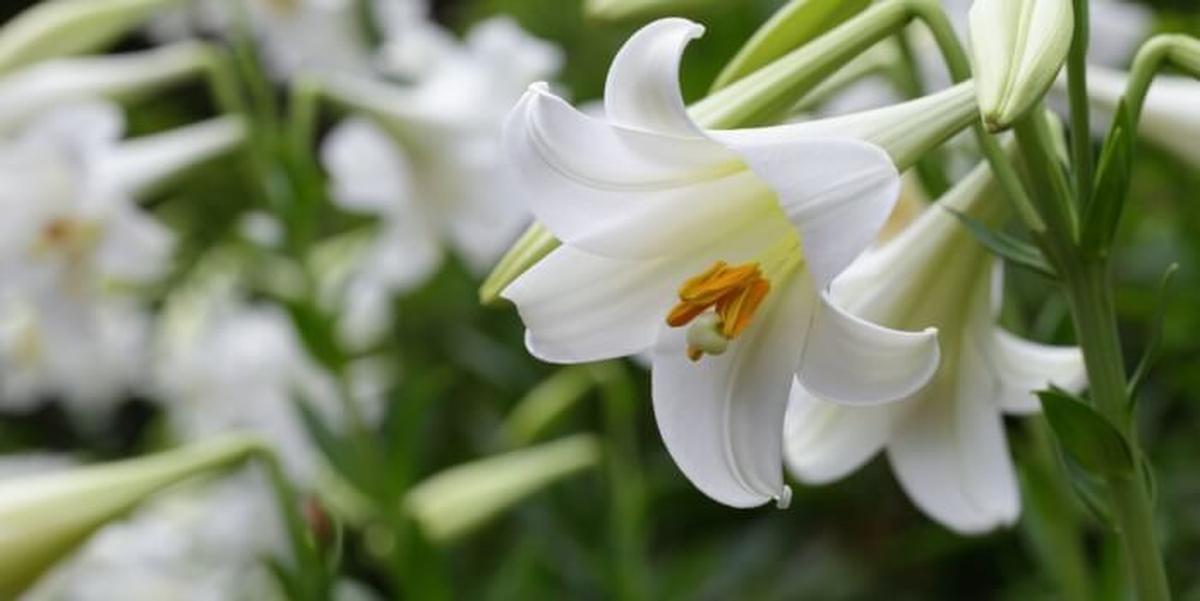
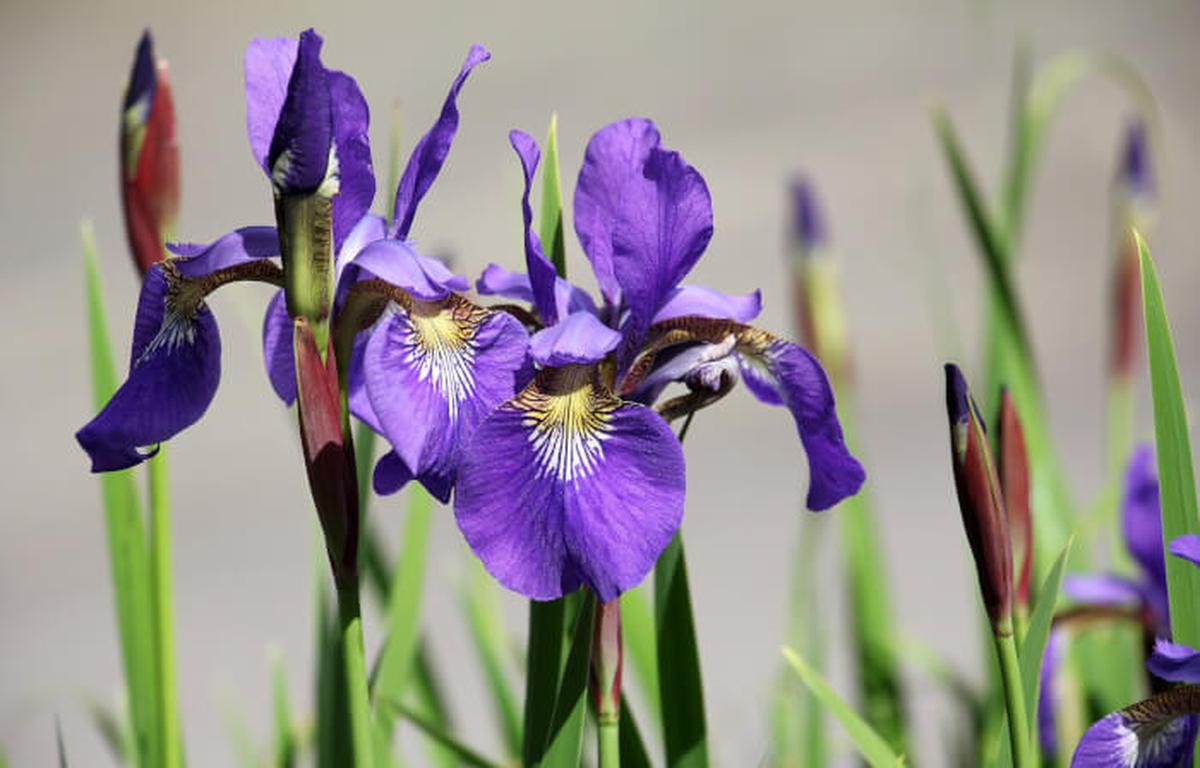
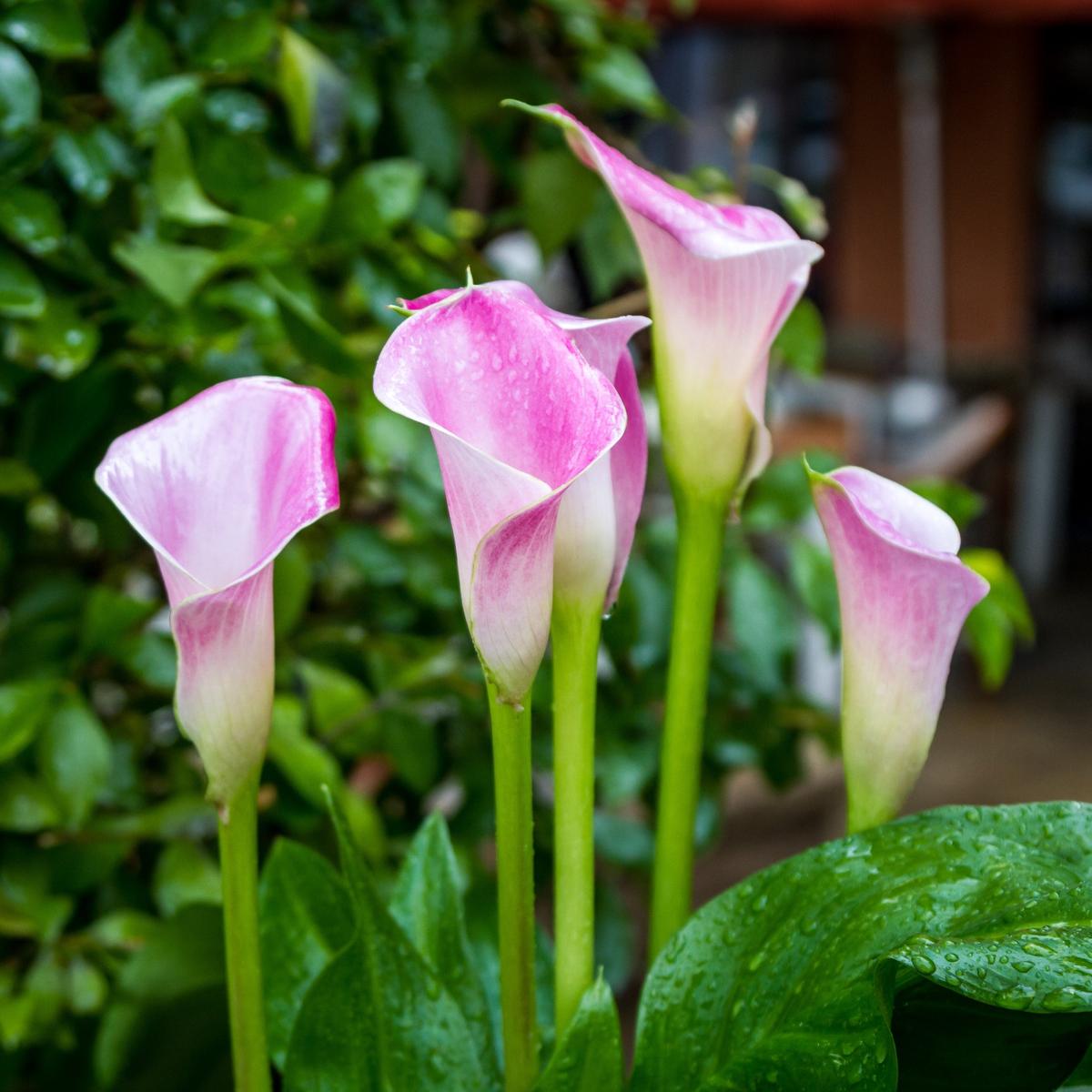
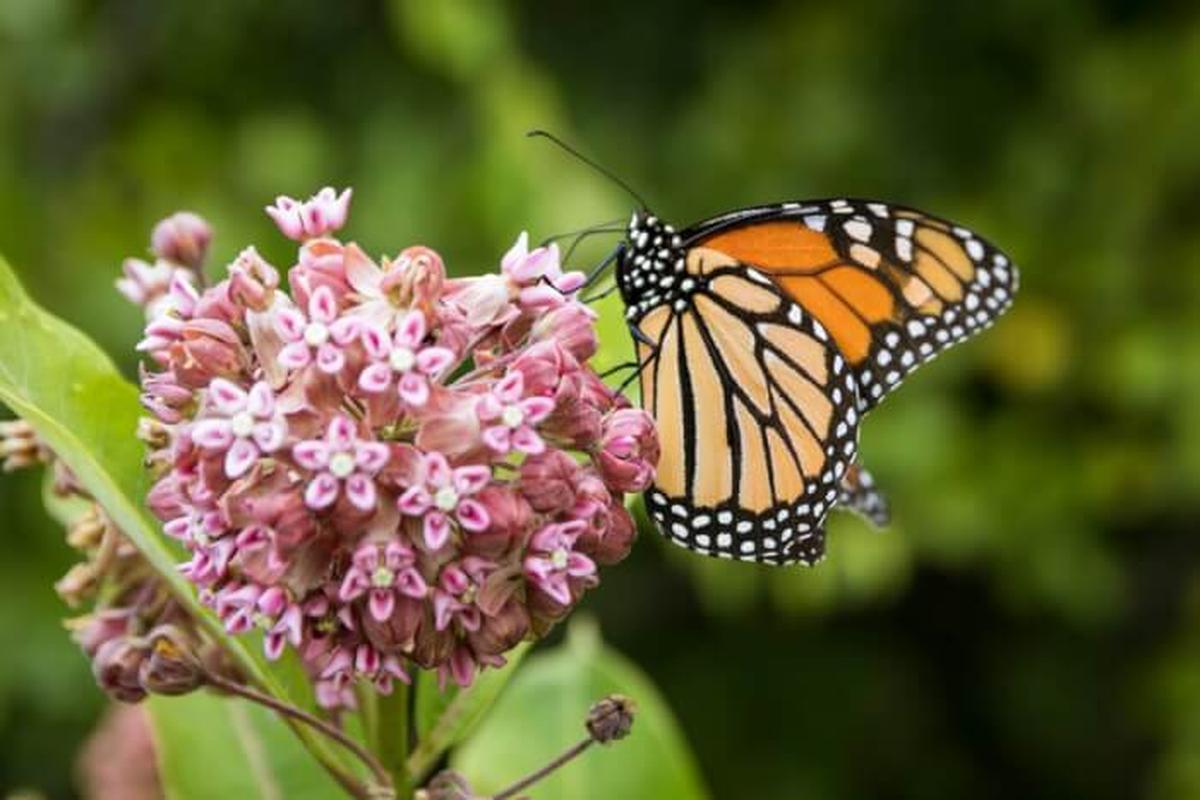
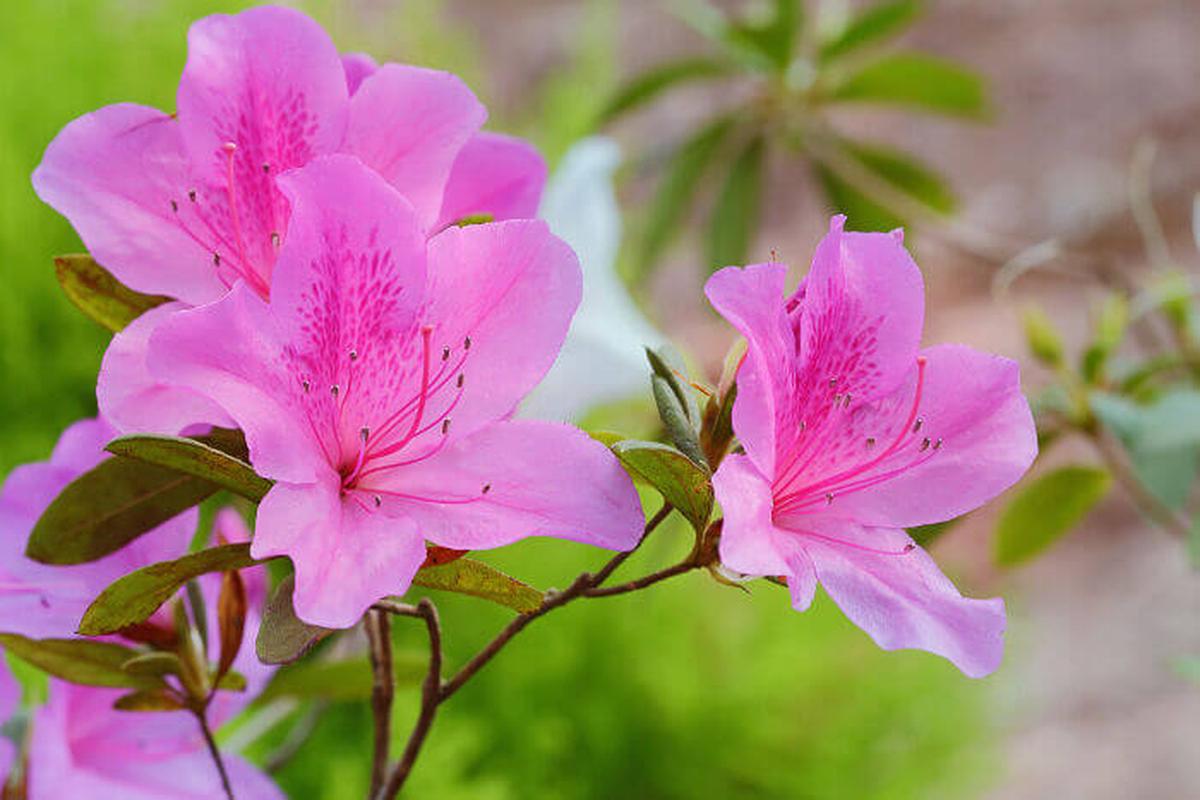
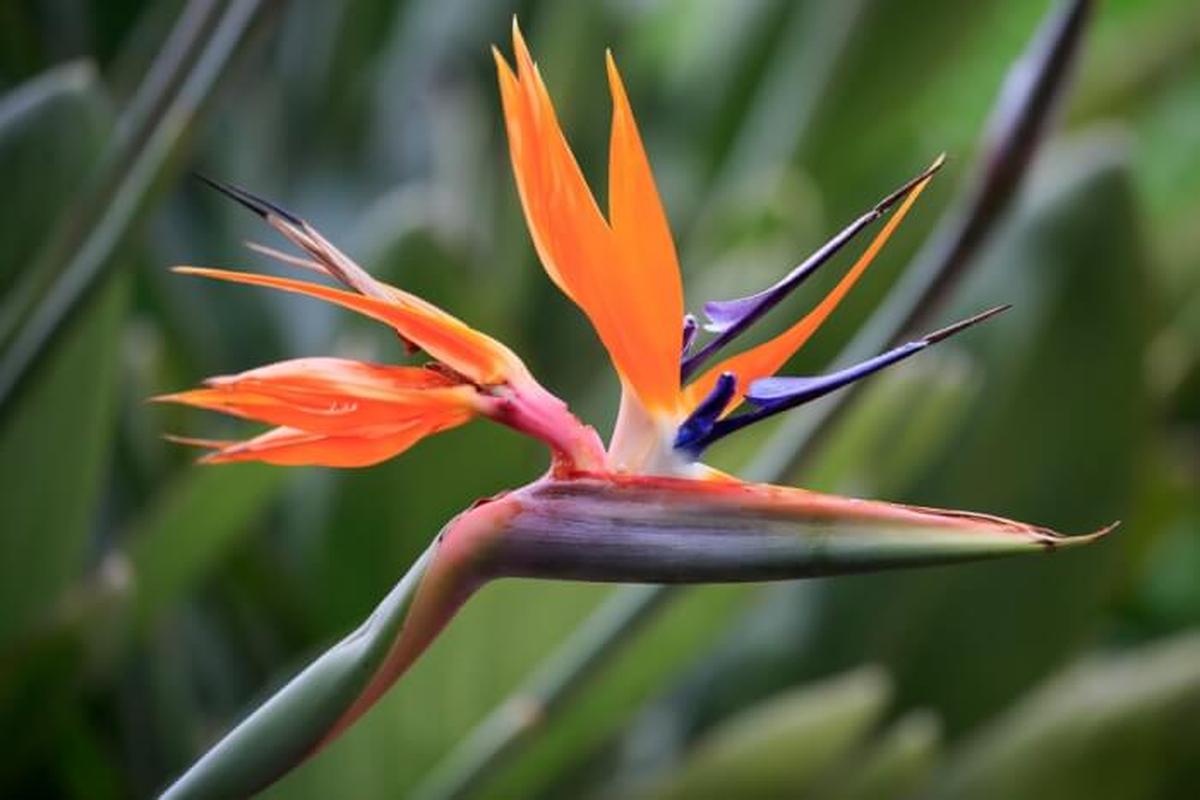
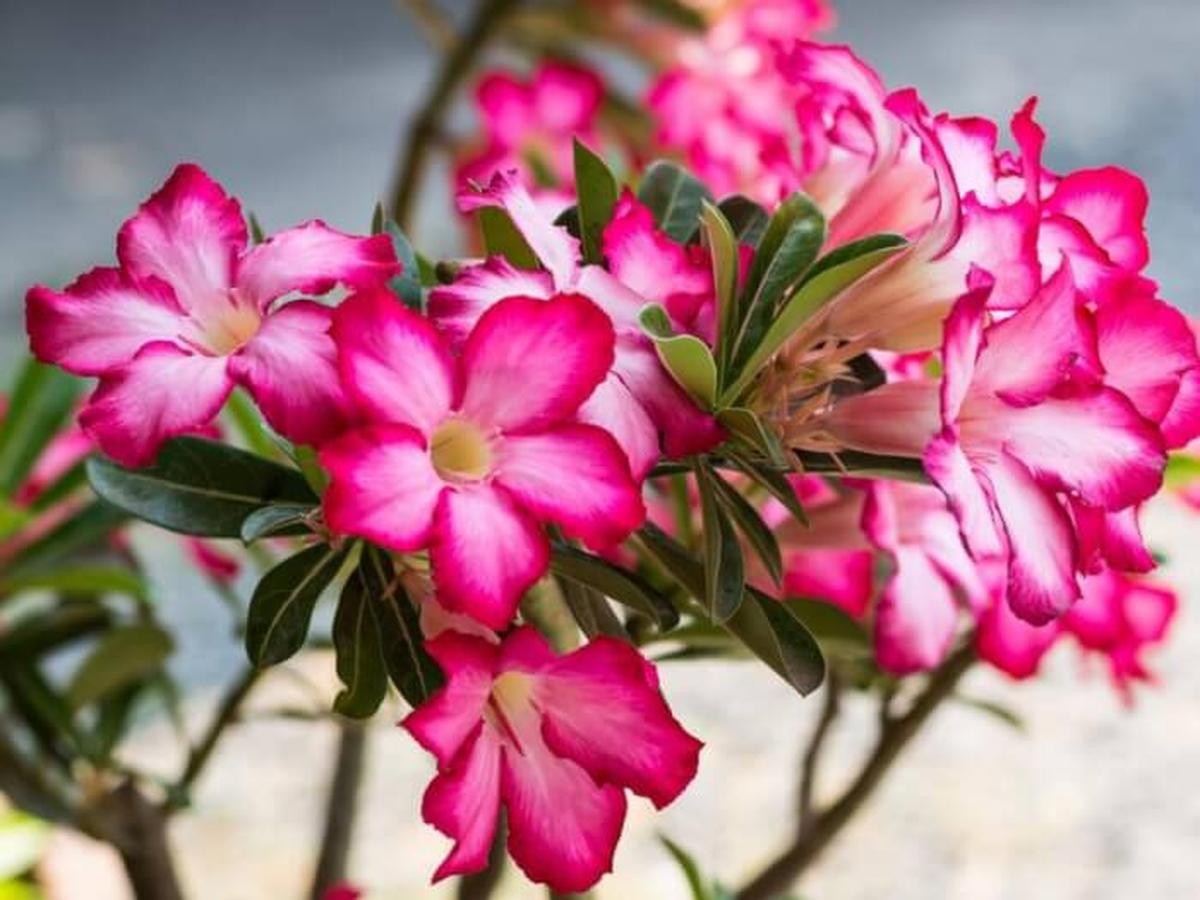
James Turner
Founder & Lead Designer
Expertise
Interior Design, Sustainable Design Practices, Spatial Planning, Innovative Material Applications, Contemporary Art Techniques, Visual Communication, Multimedia Artistry, DIY Design and Home Projects, Eco-Friendly Living Spaces, Creative Solutions
Education
University of Cincinnati College of Design, Architecture, Art, and Planning (DAAP)
Columbus College of Art & Design (CCAD), Columbus, OH
James Turner is the founder and lead designer at Velocity Art and Design. He studied Interior Design at the University of Cincinnati, focusing on eco-friendly design and smart use of space.
Later, he expanded his artistic skills with a Fine Arts Certificate from the Columbus College of Art & Design, where he learned about modern art and visual storytelling.
With over 10 years in design, James is passionate about making spaces that are both beautiful and practical. He shares his DIY tips and creative ideas to inspire others to explore their own creativity and transform their living spaces.